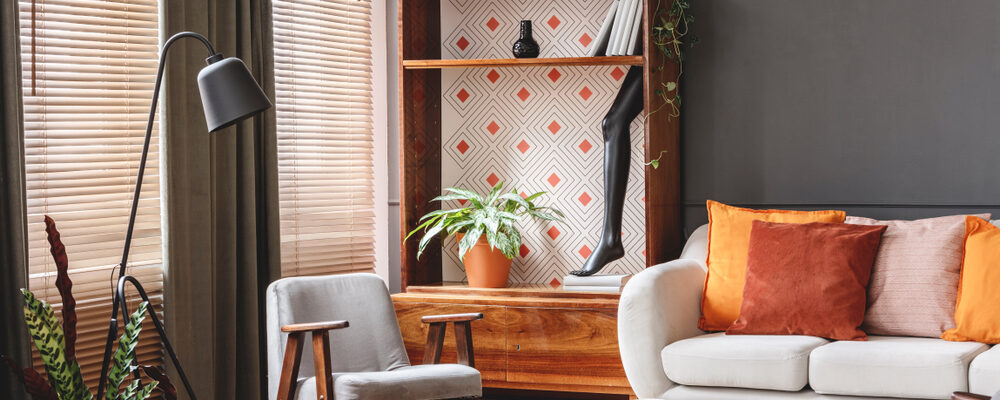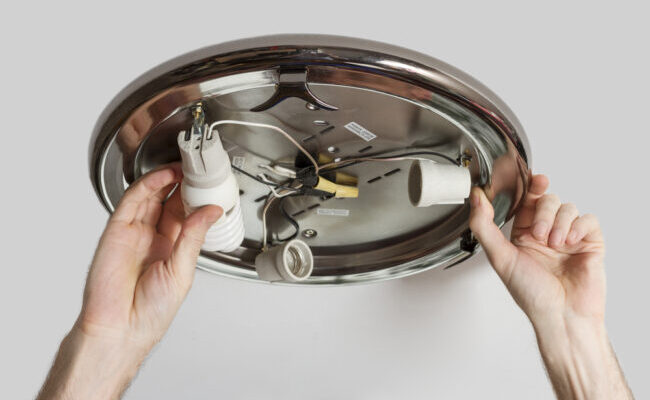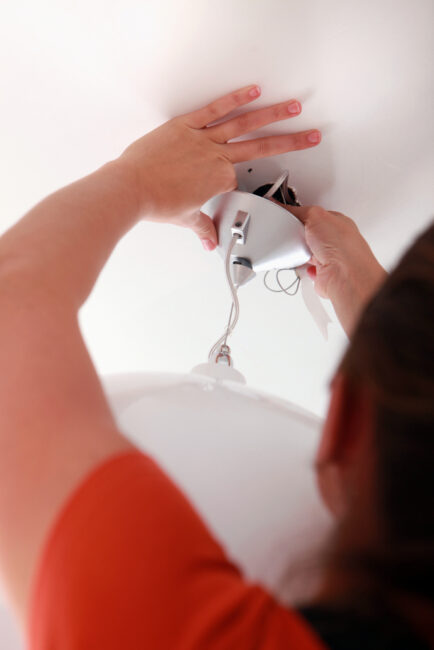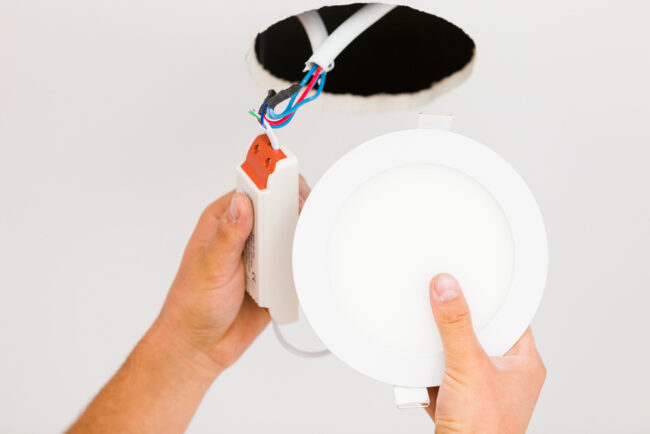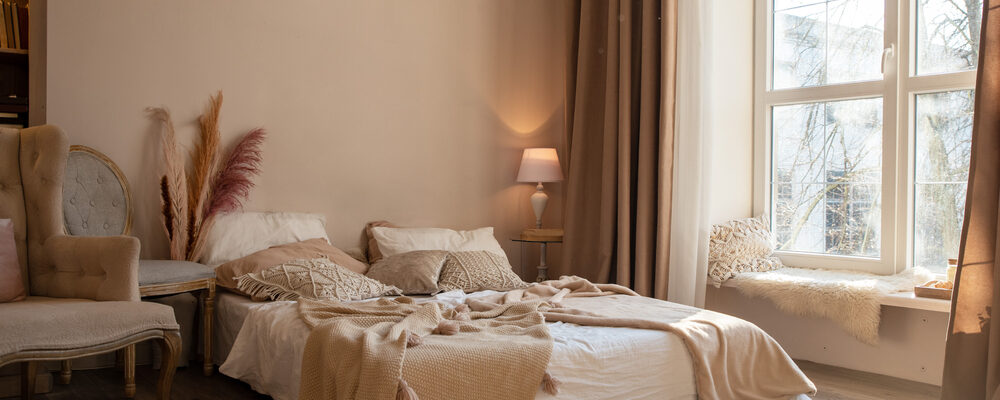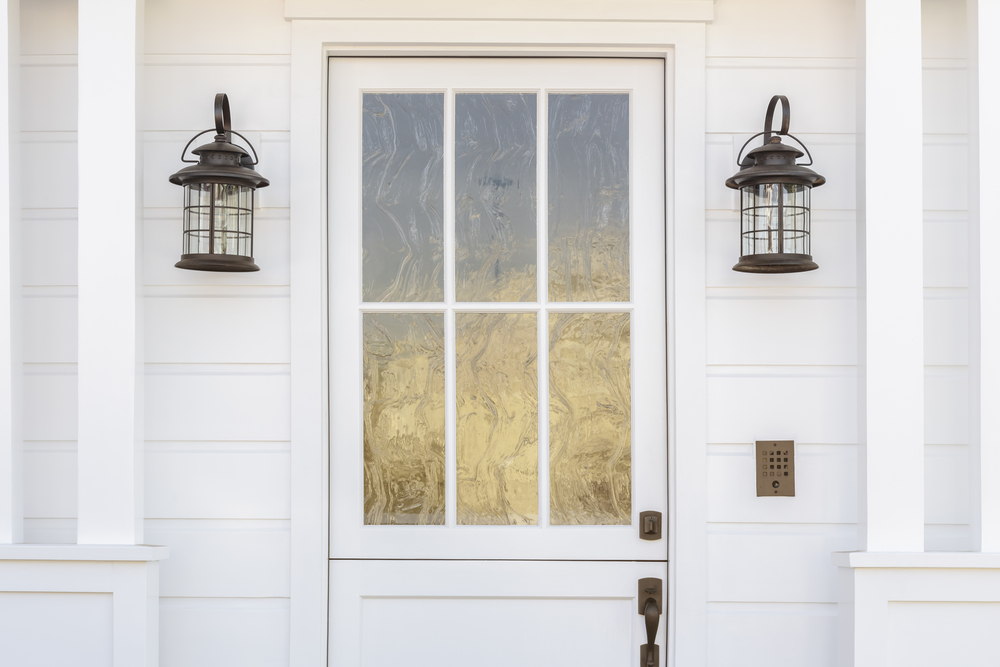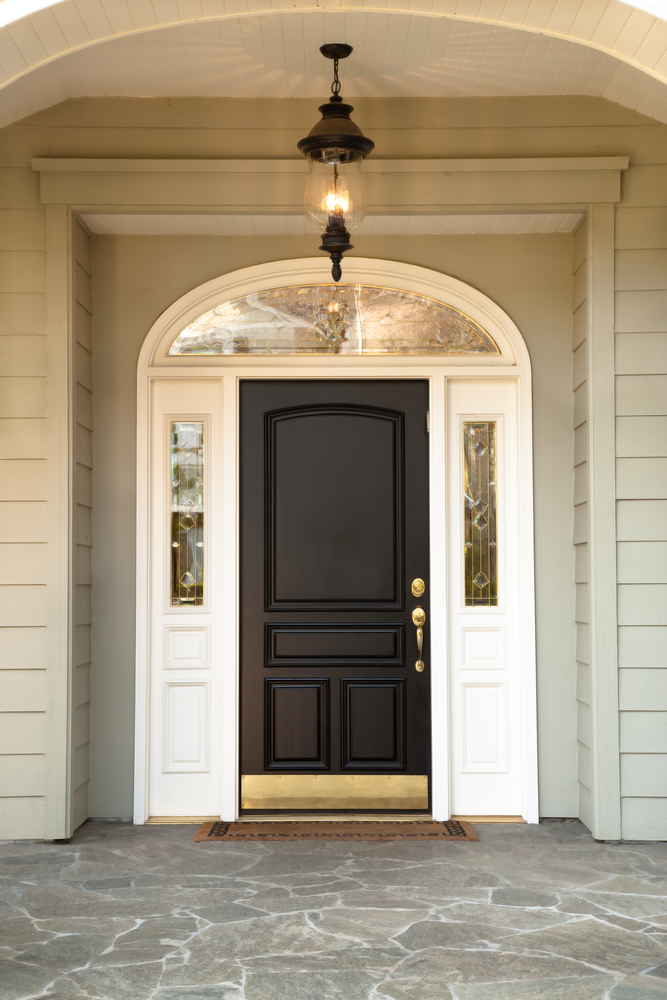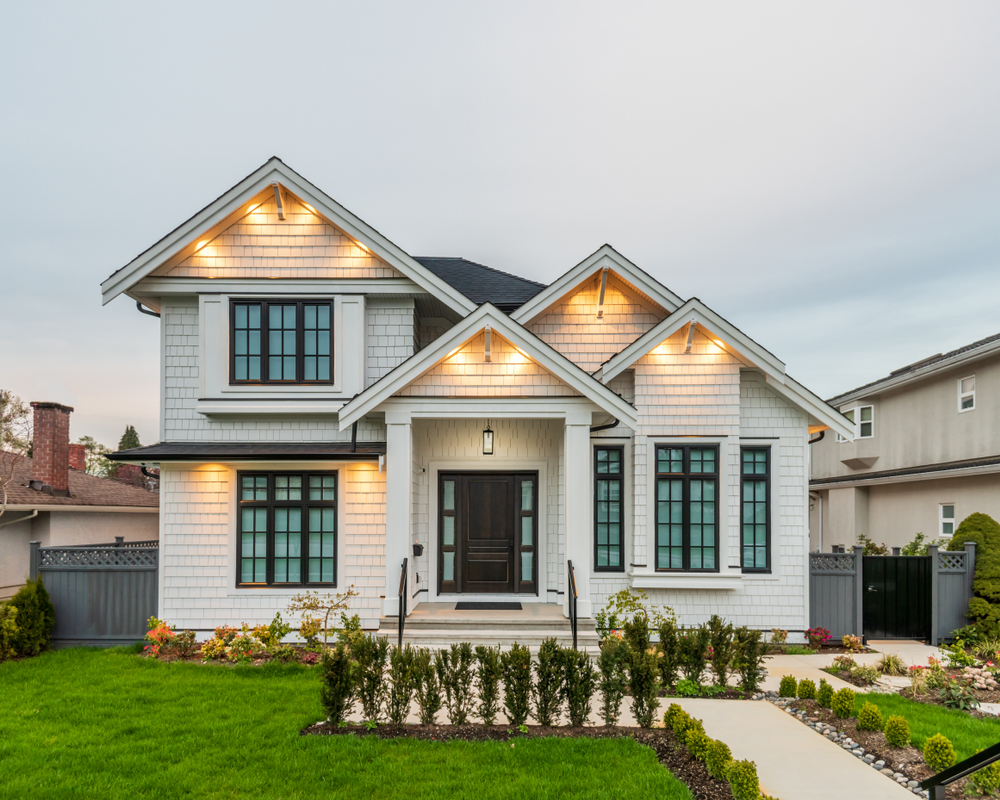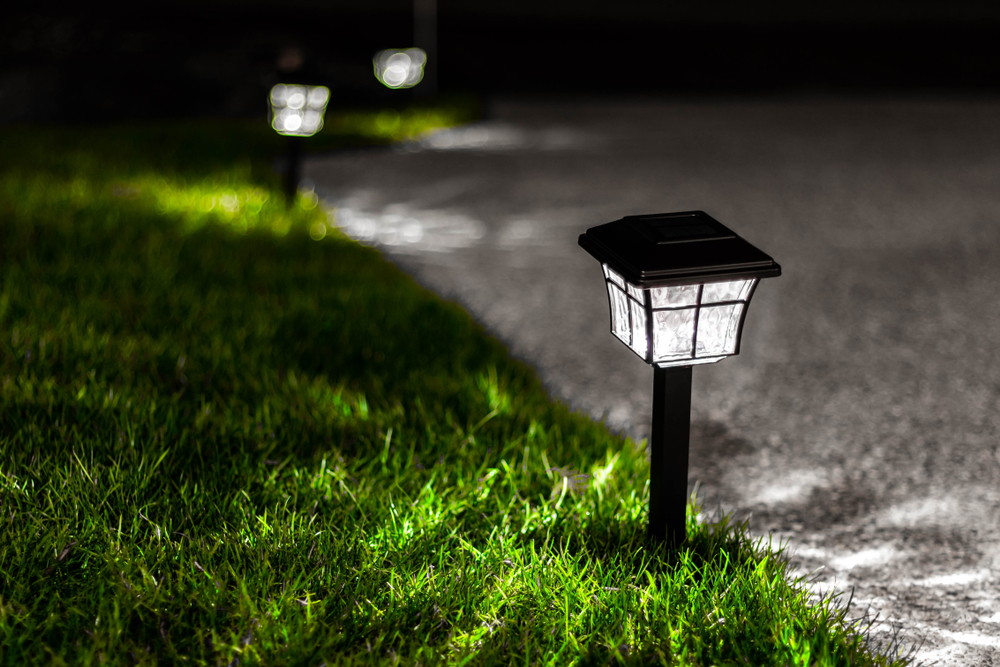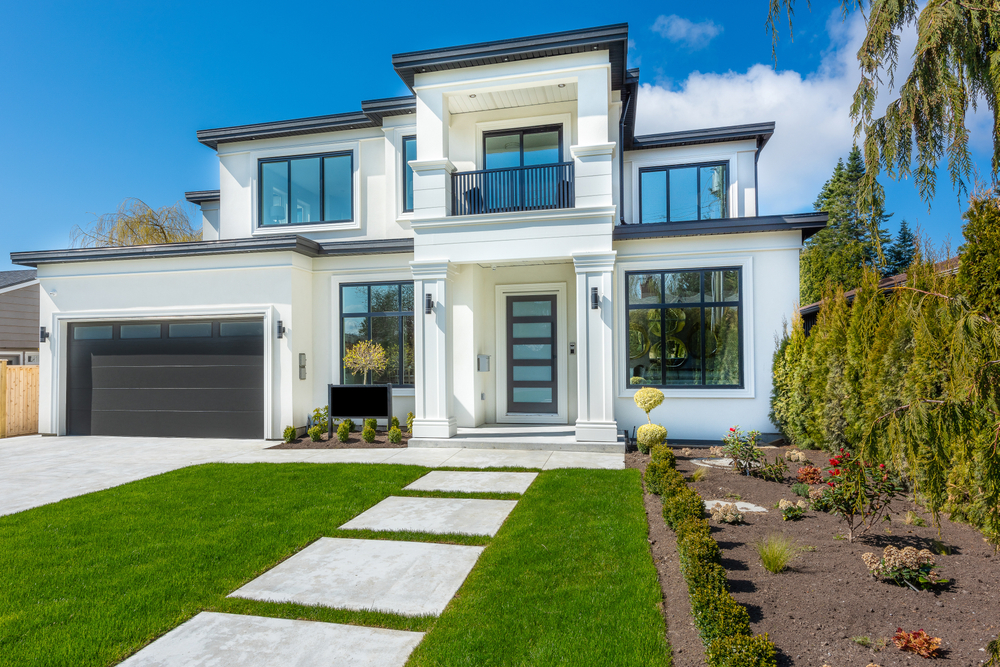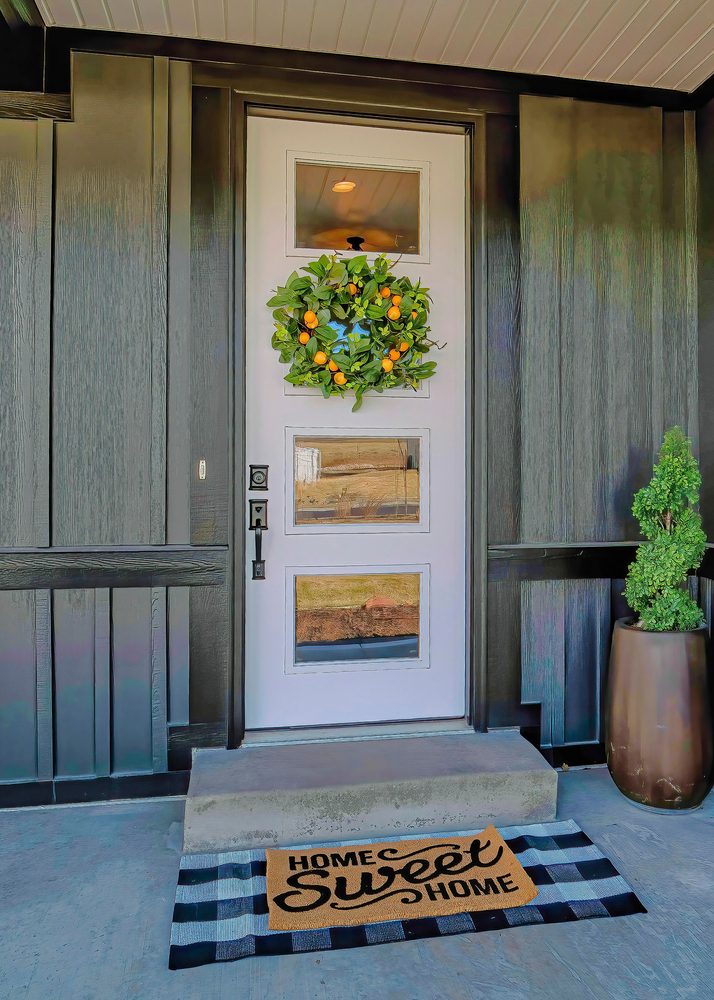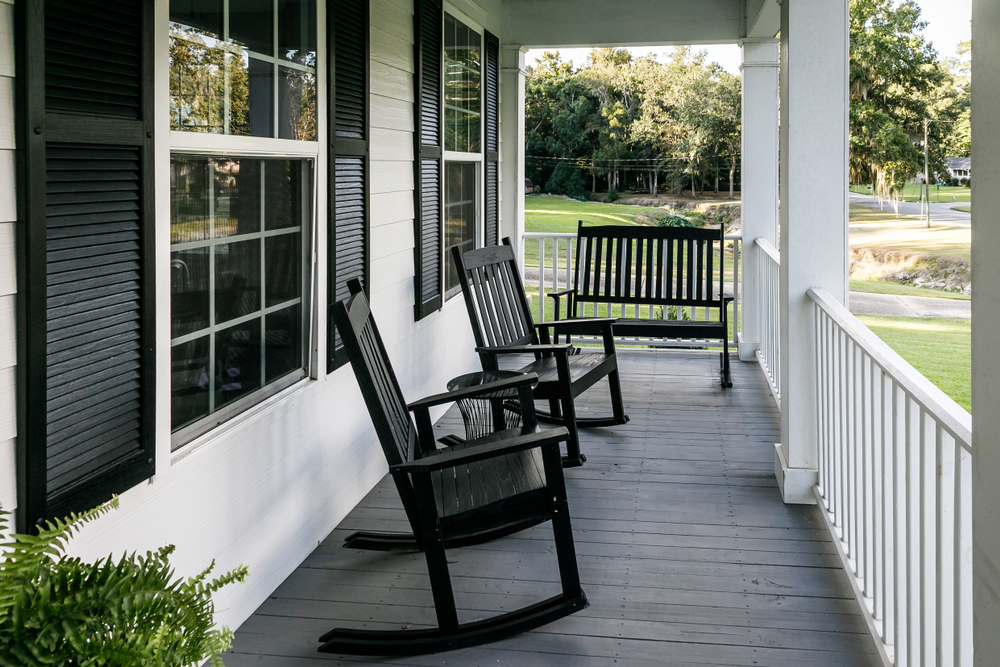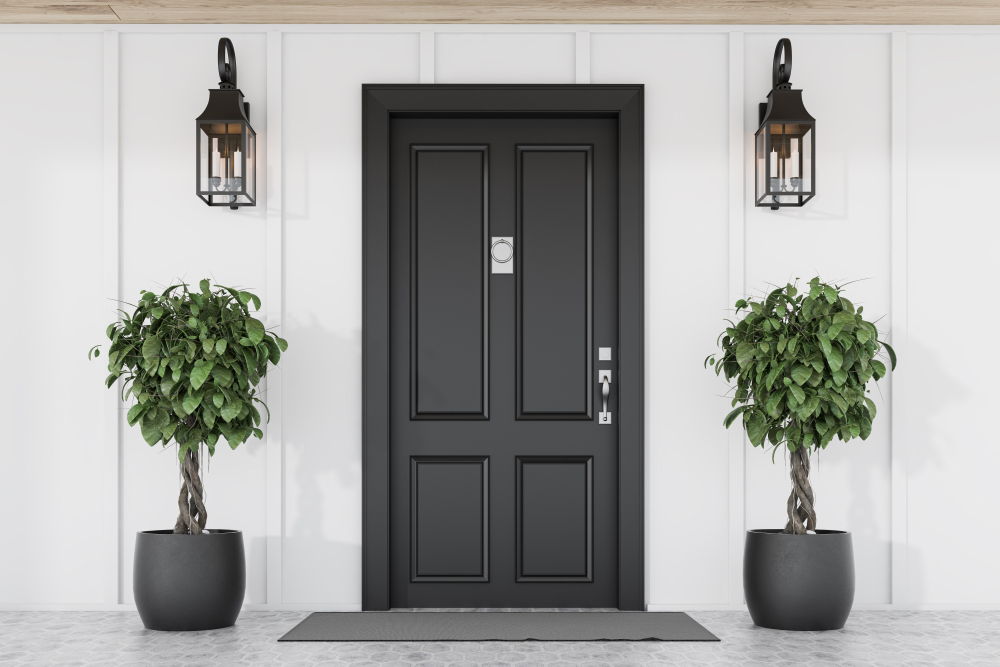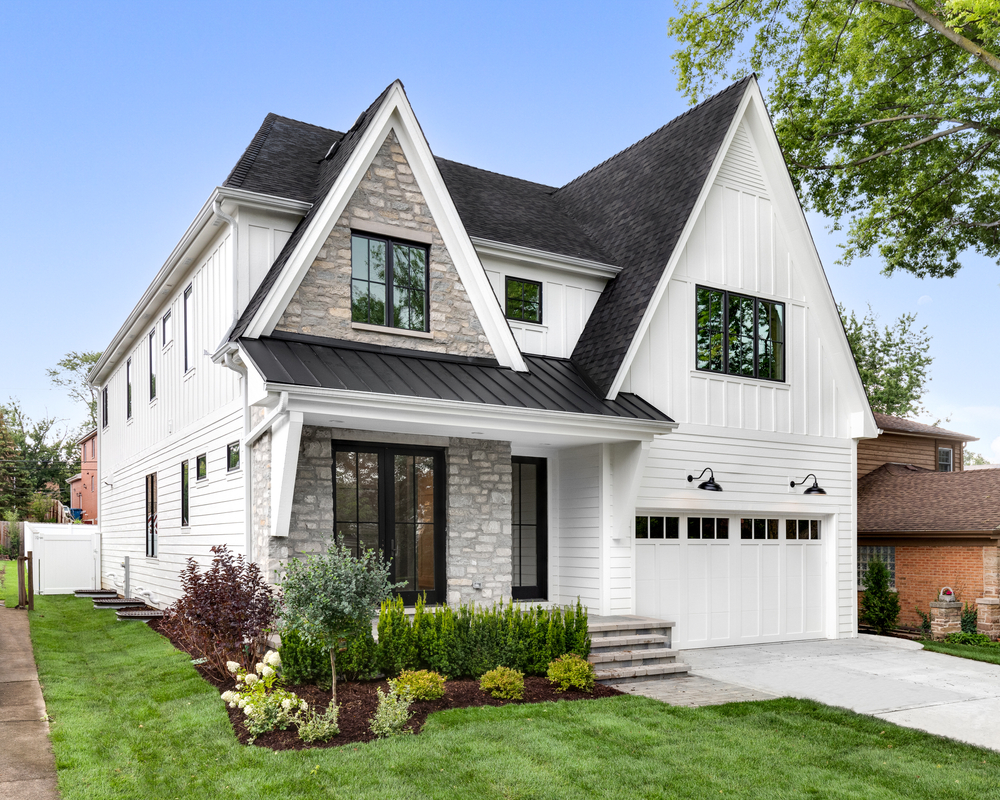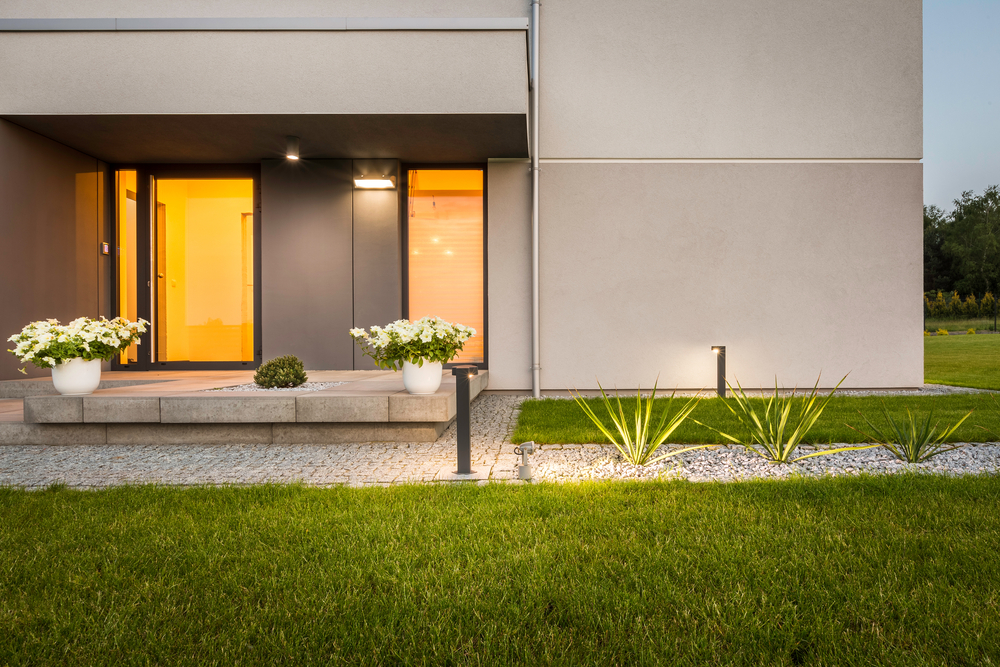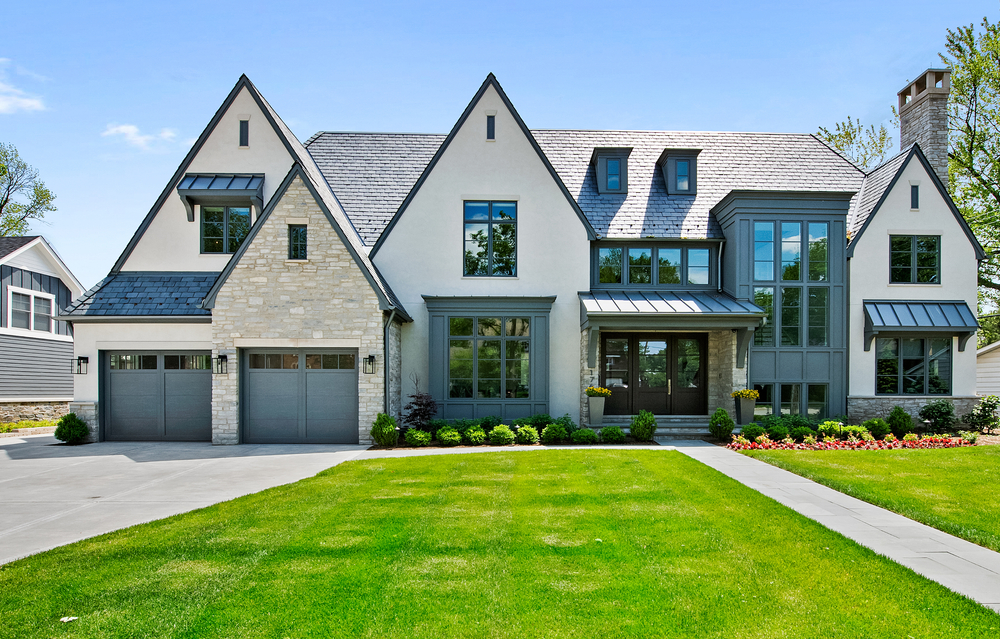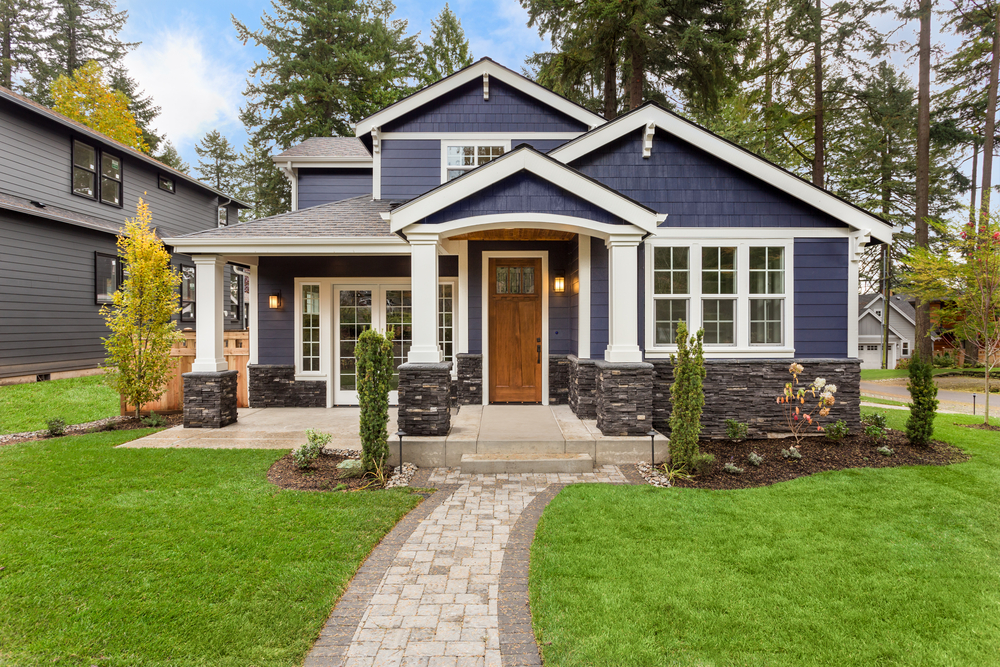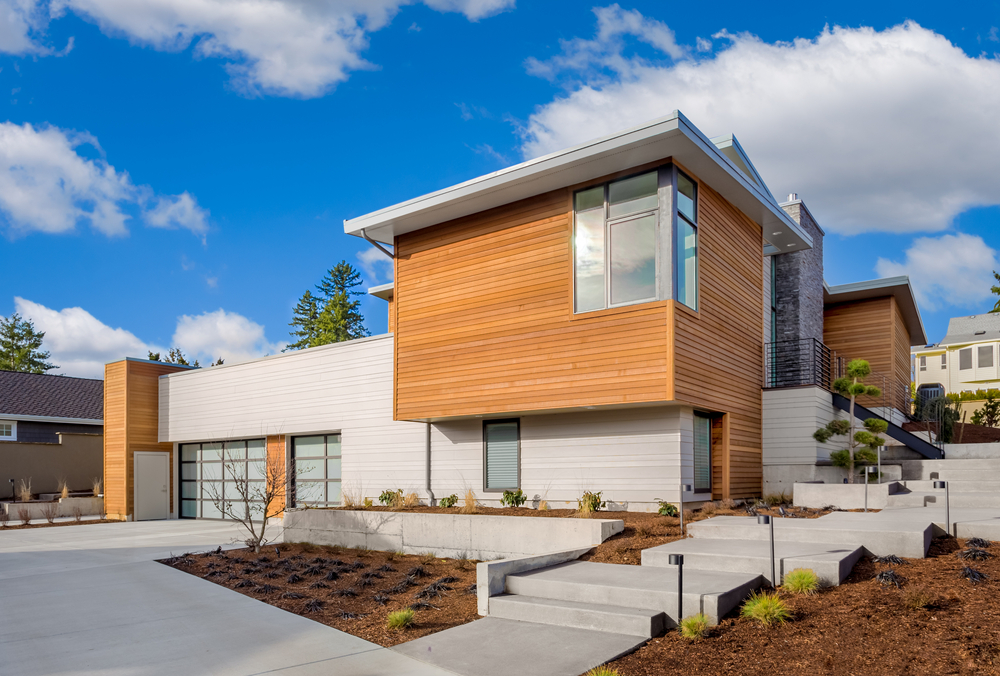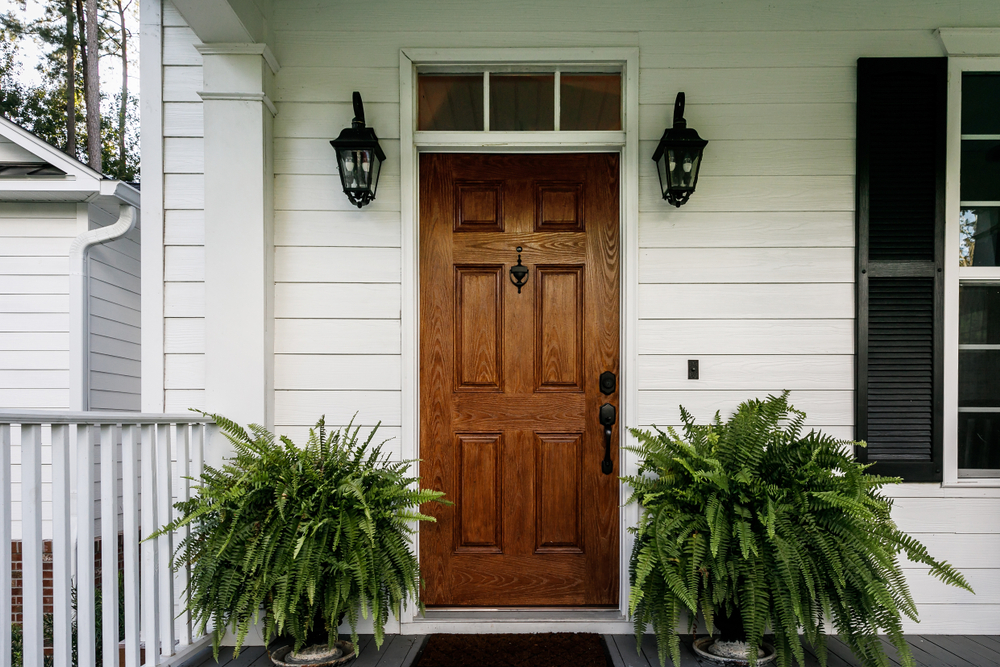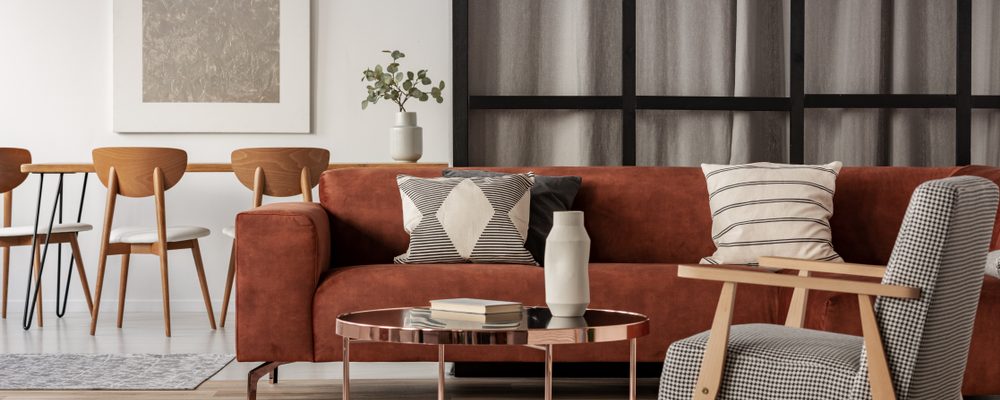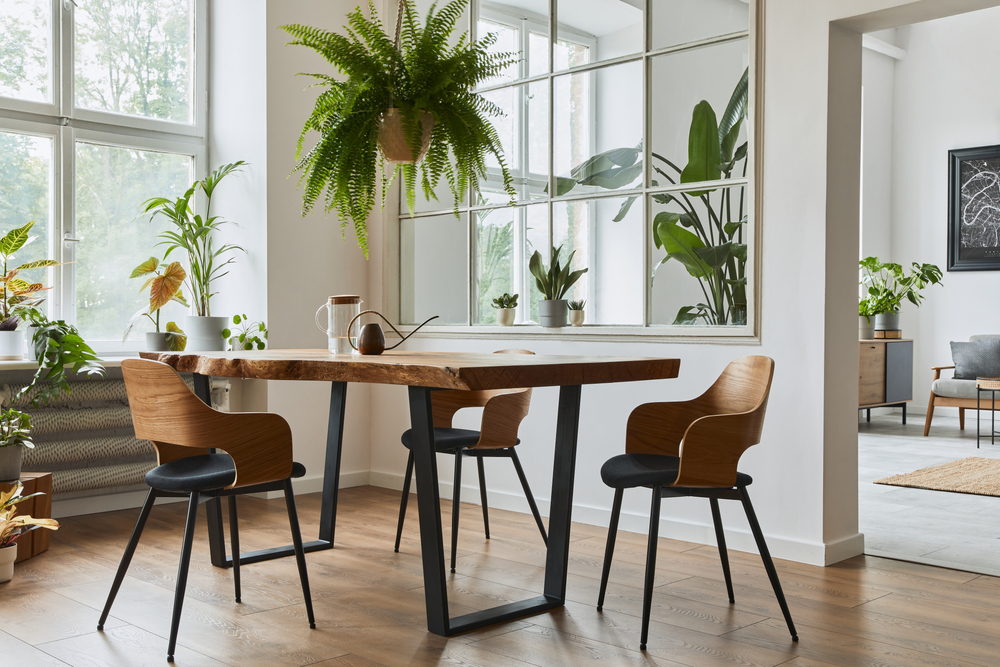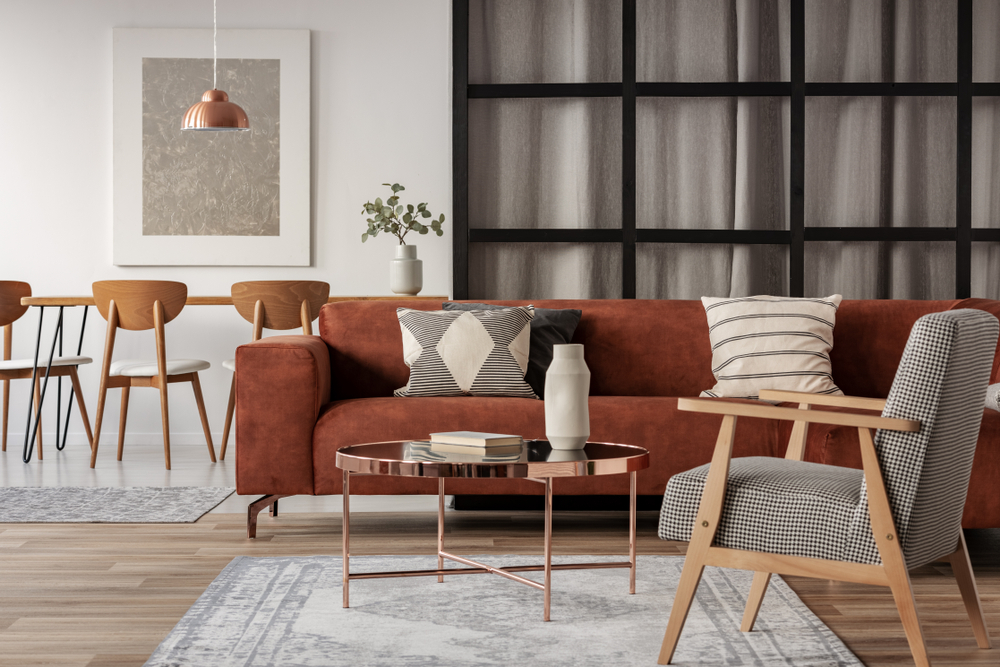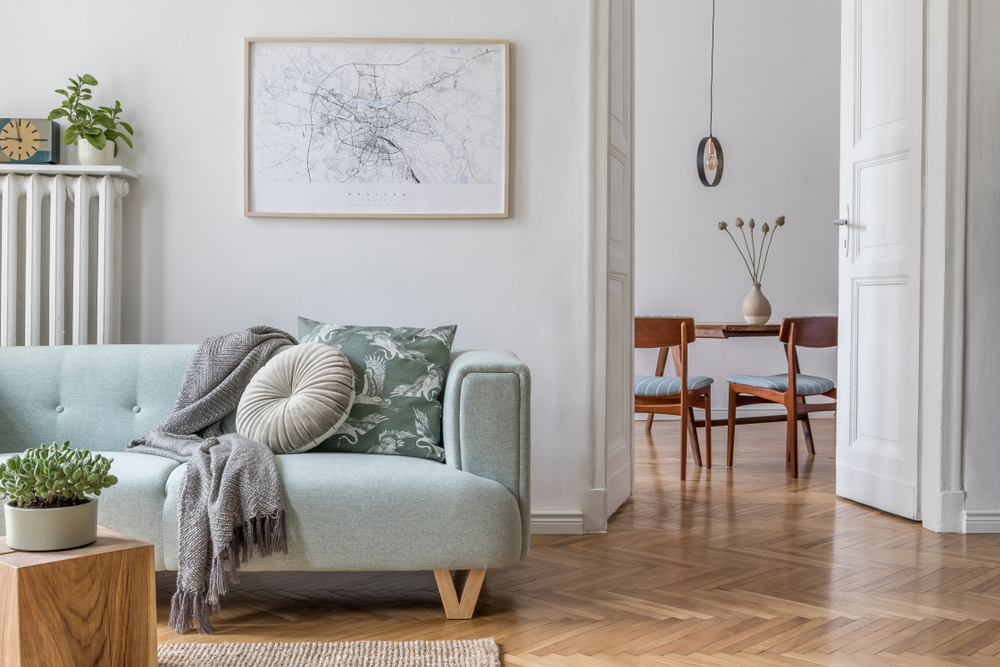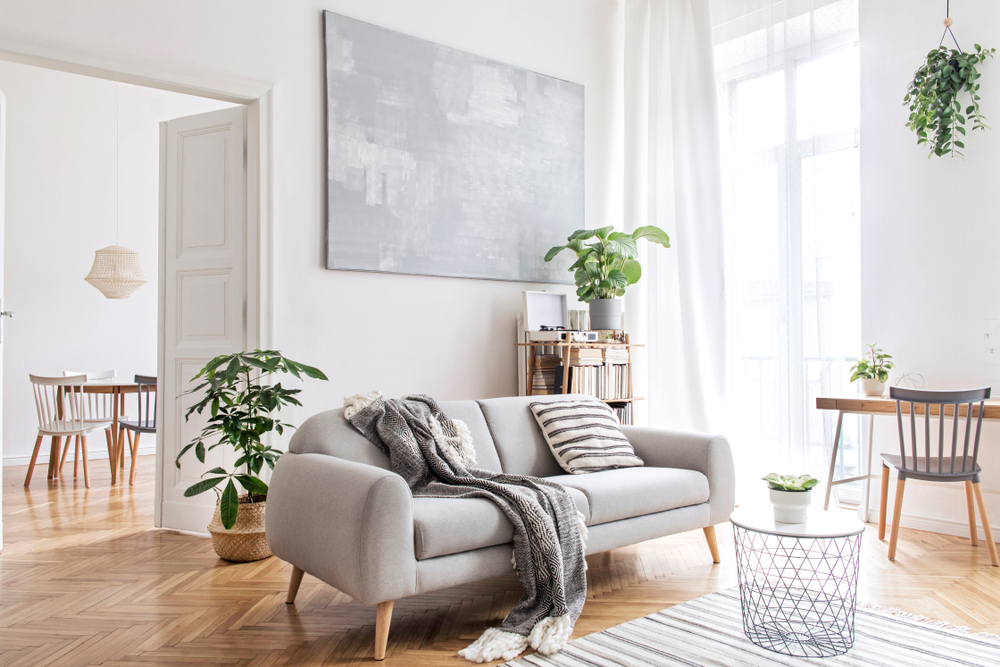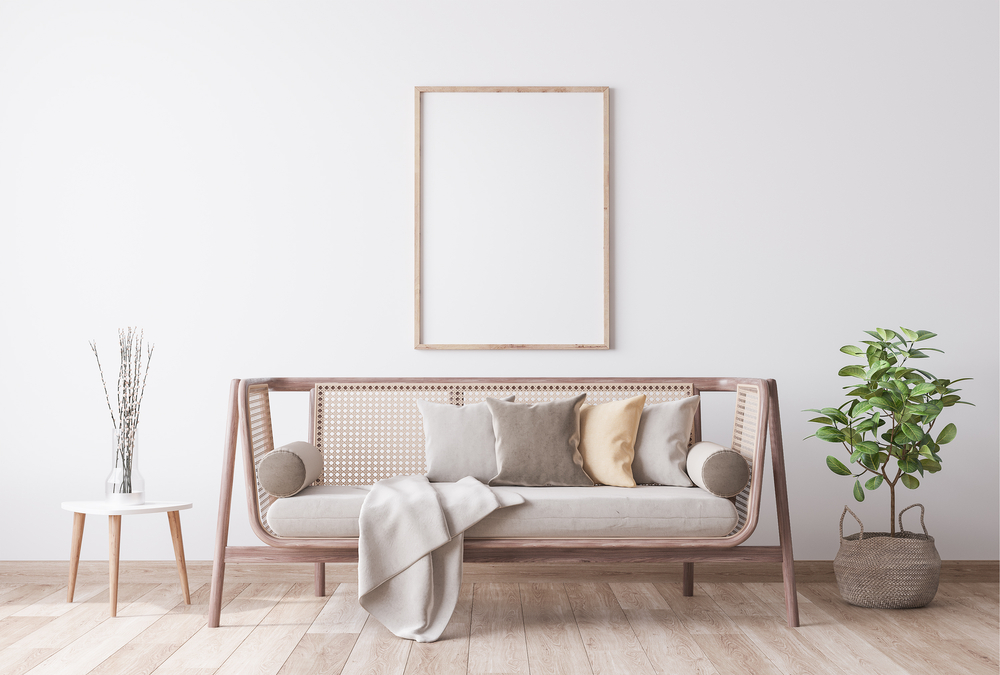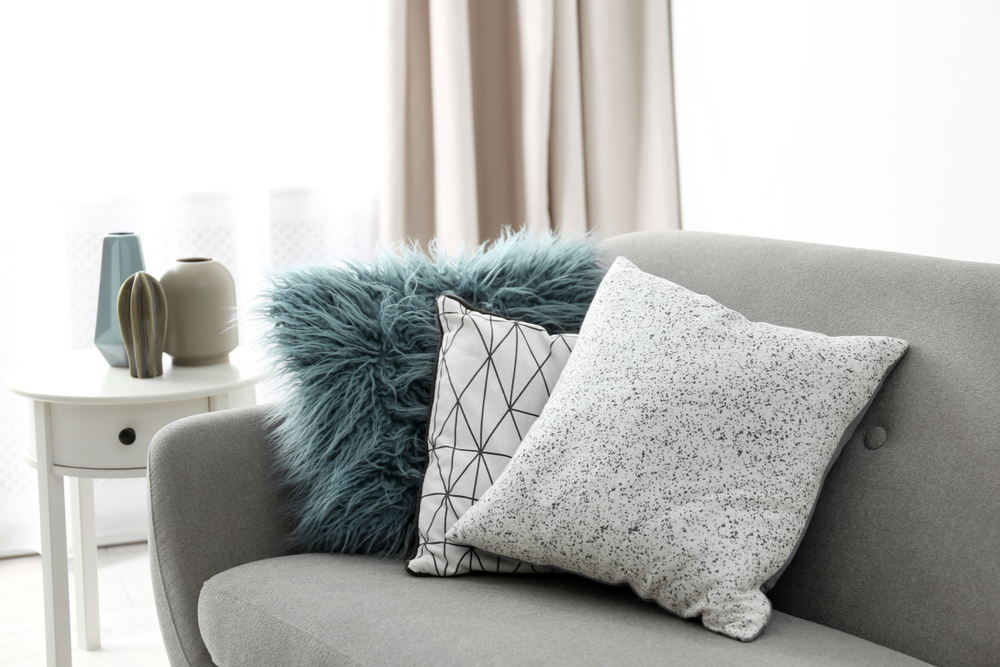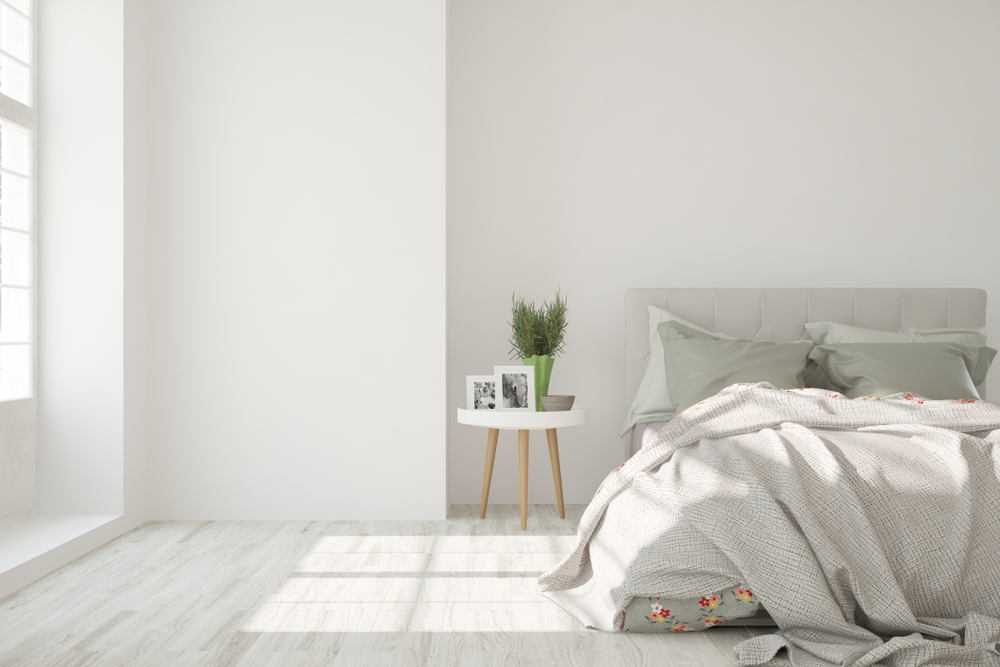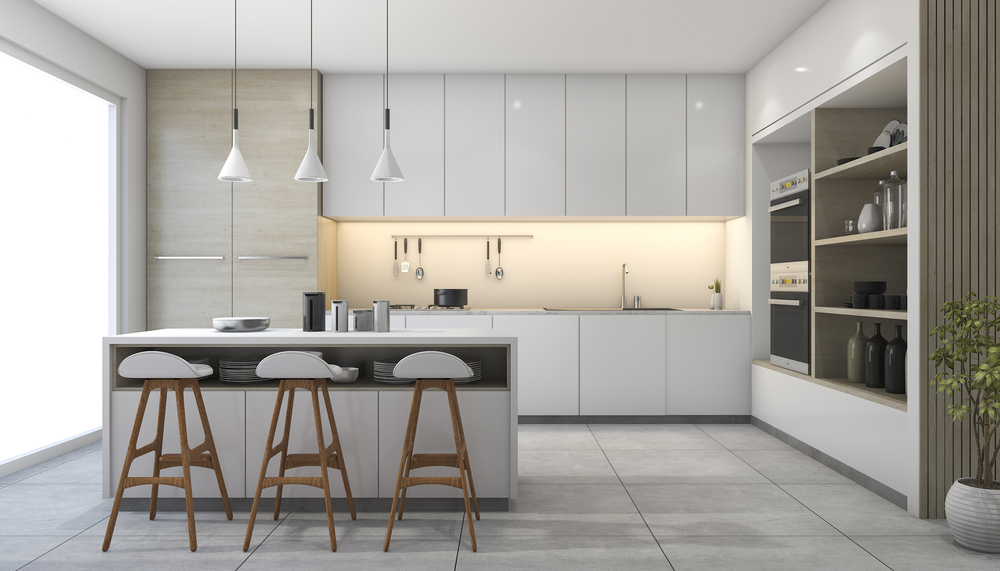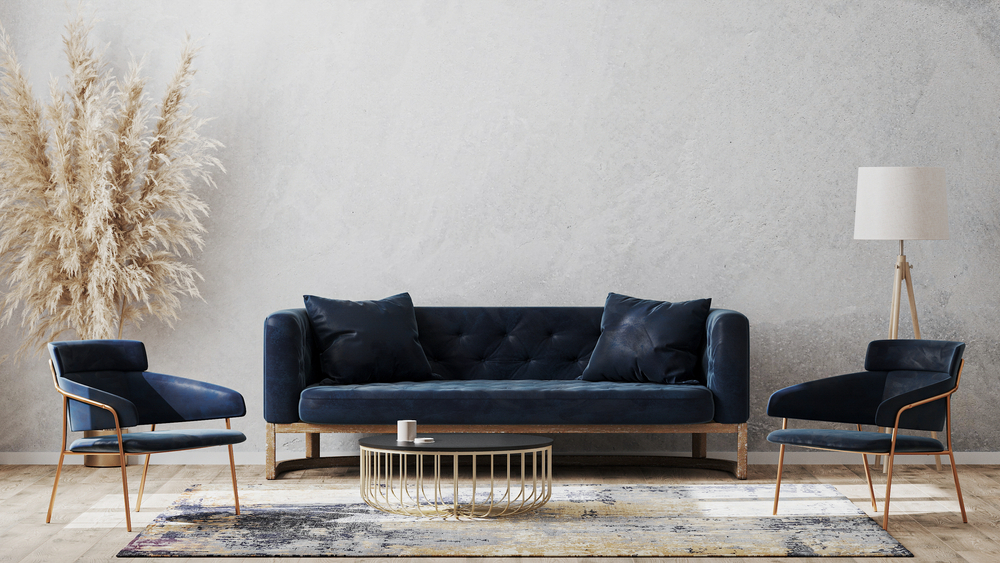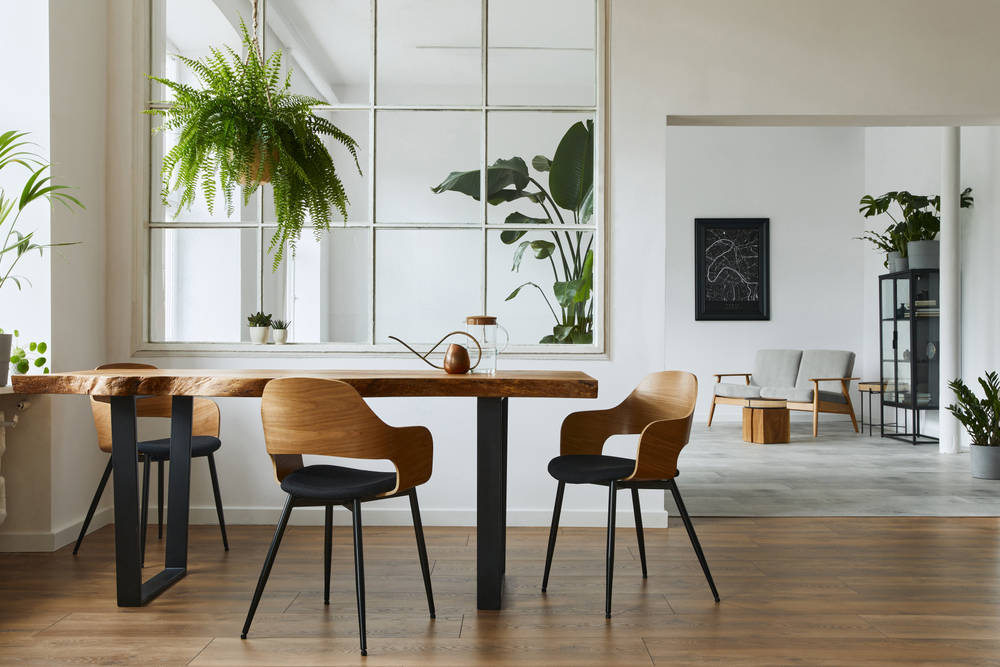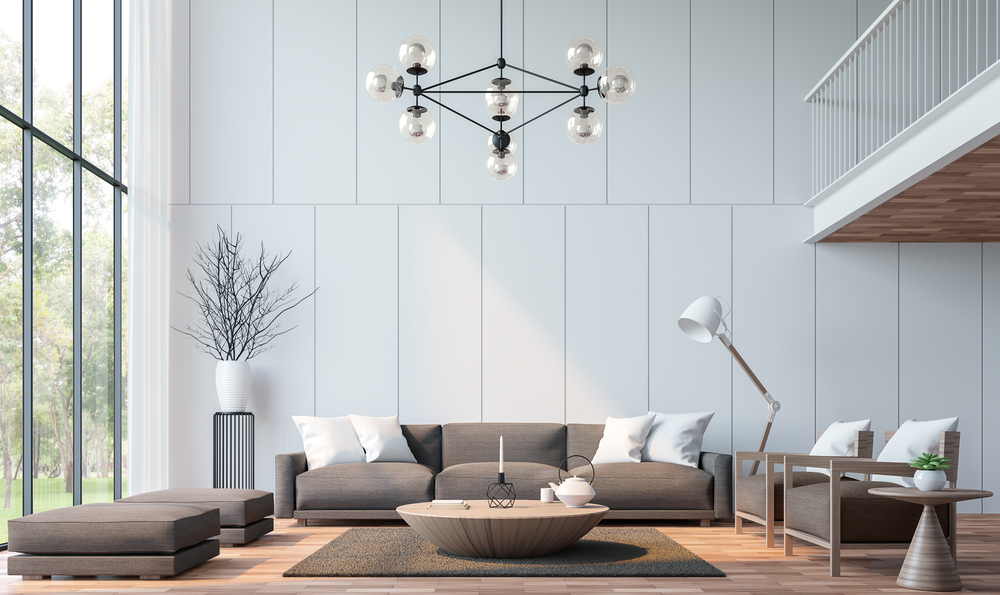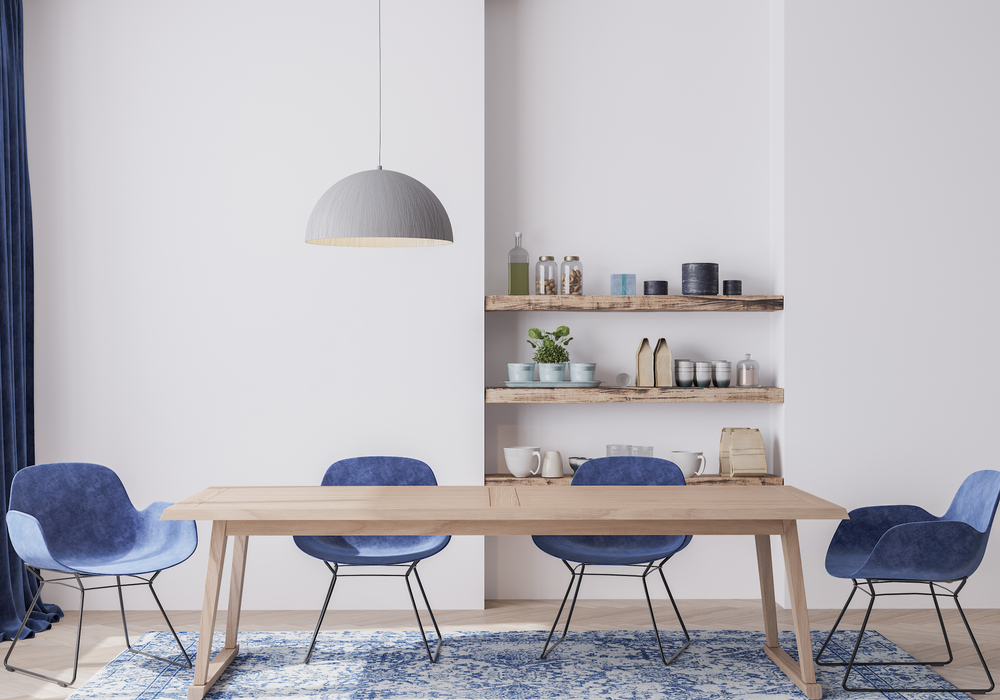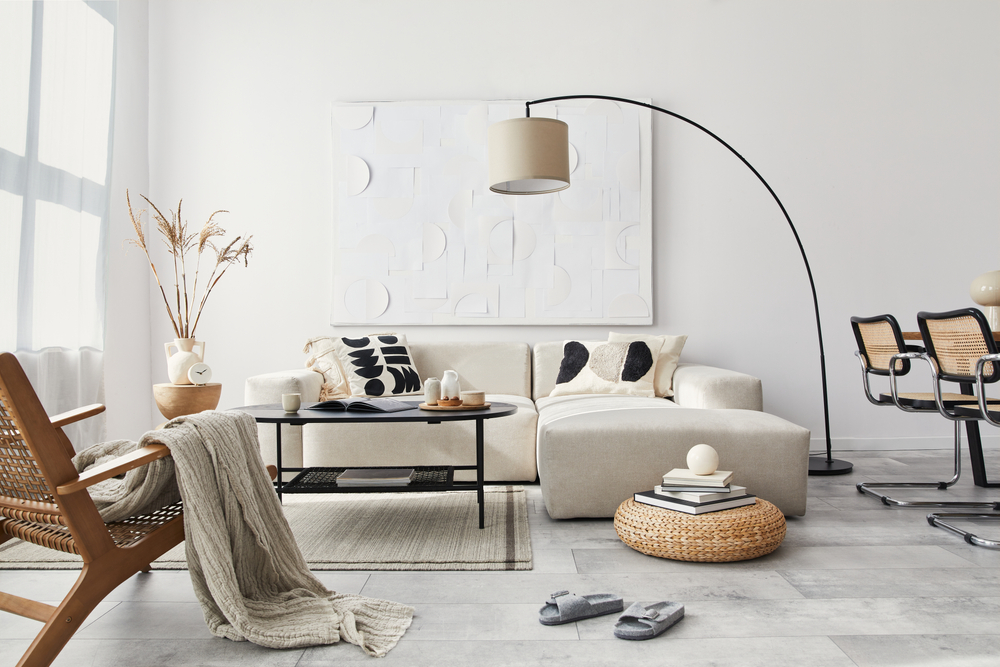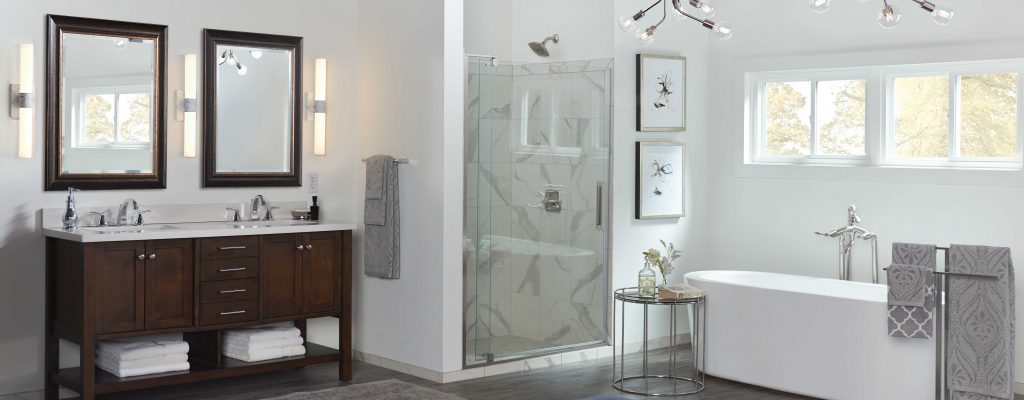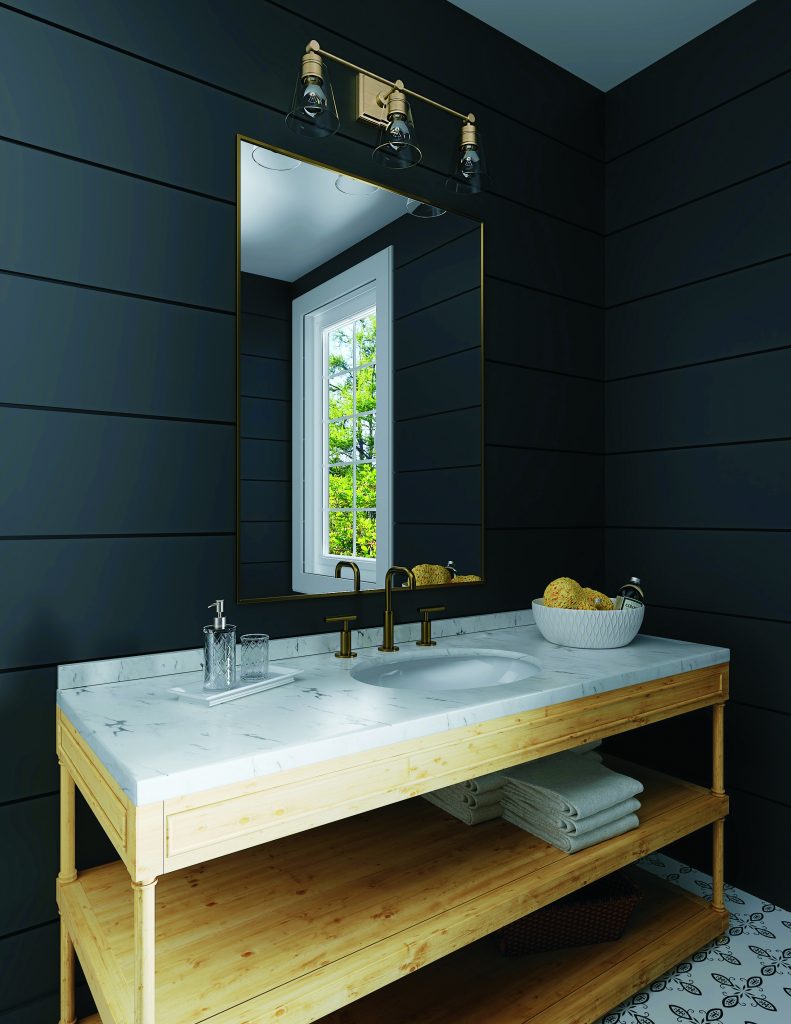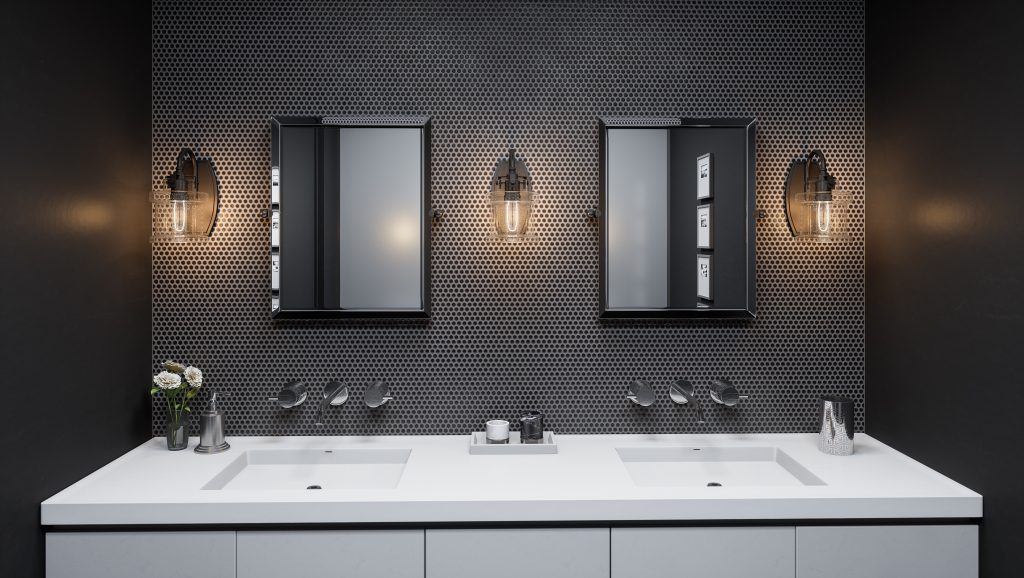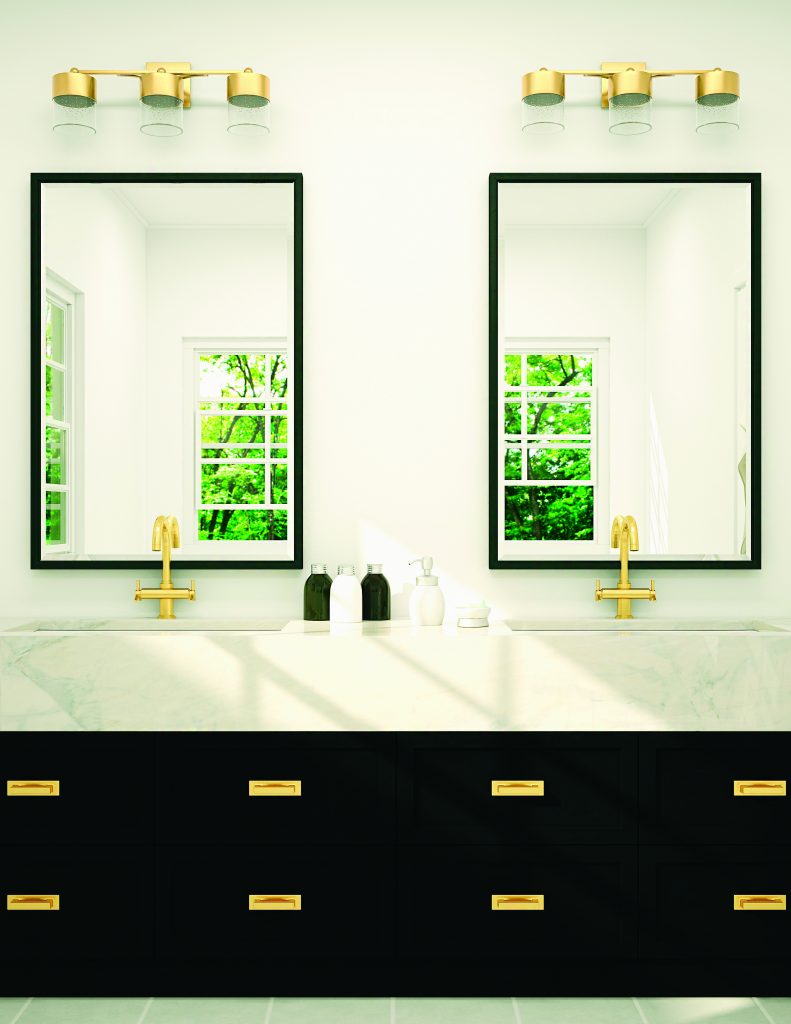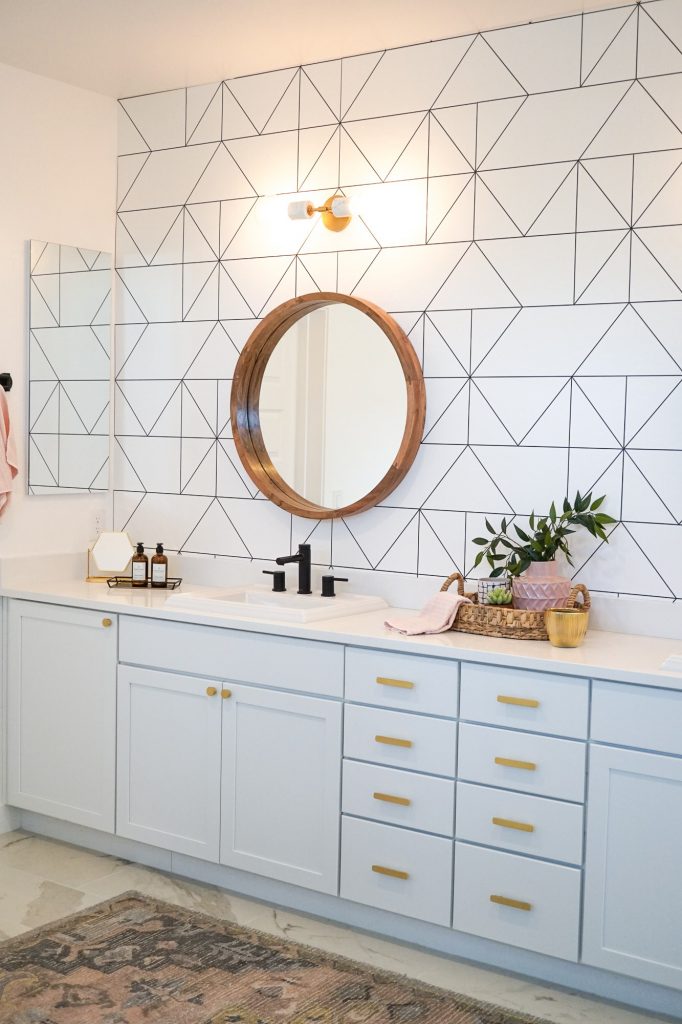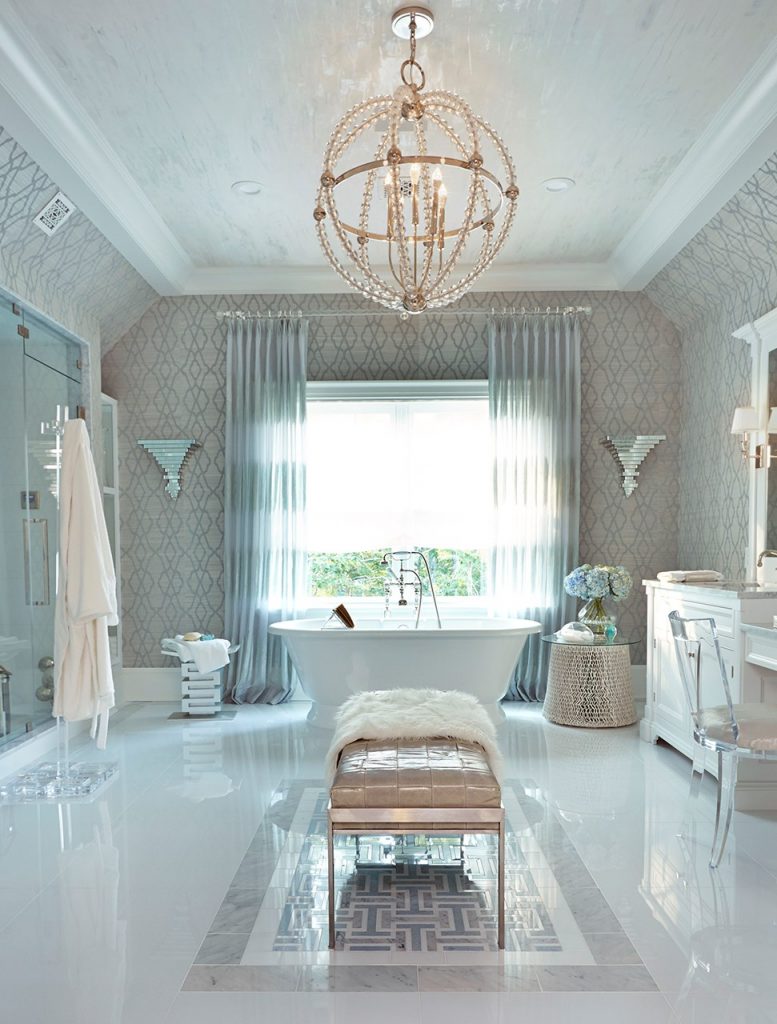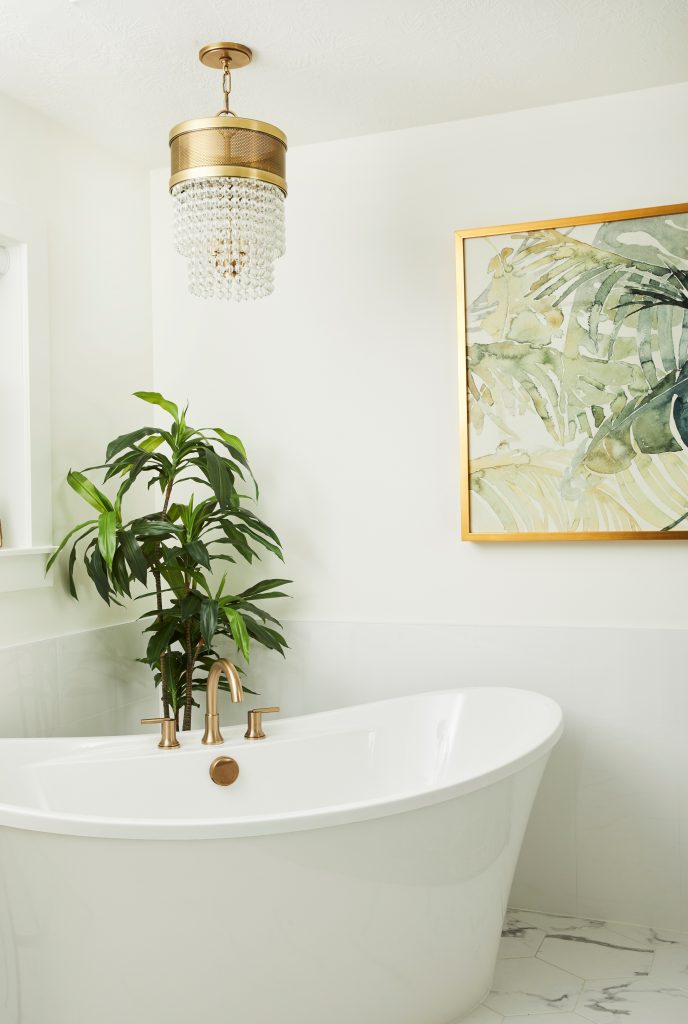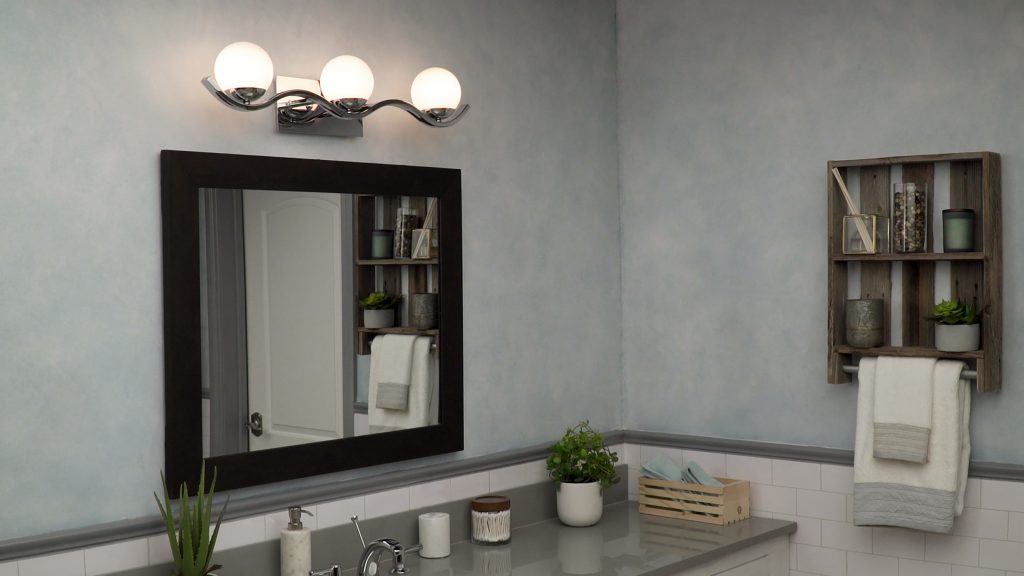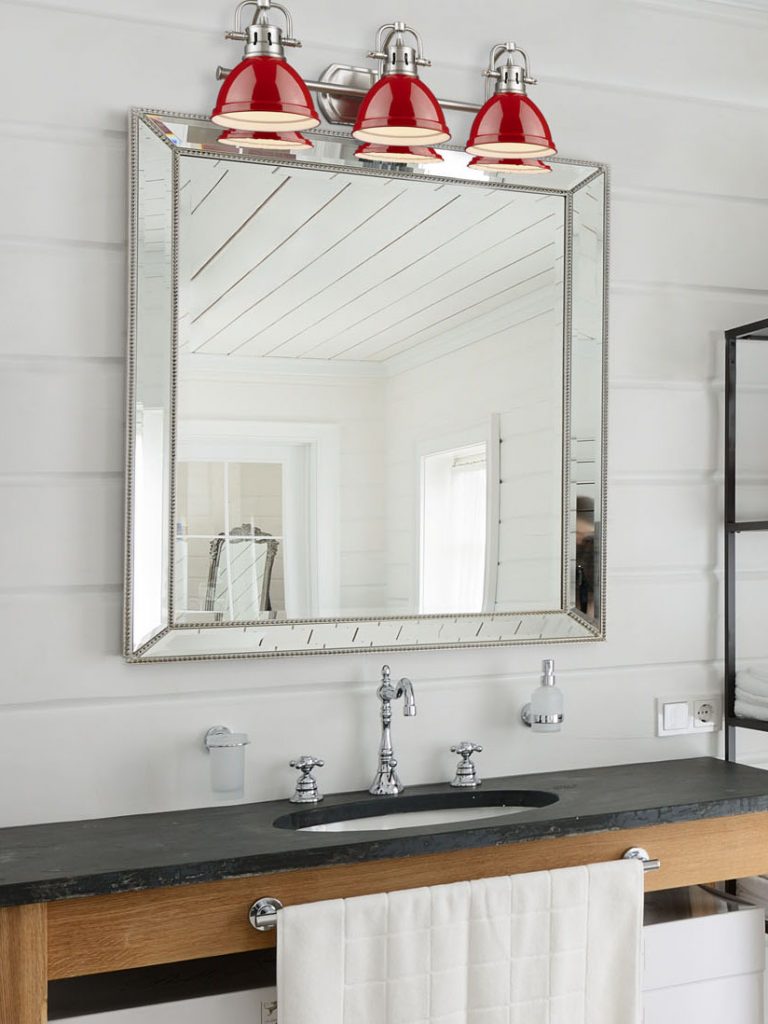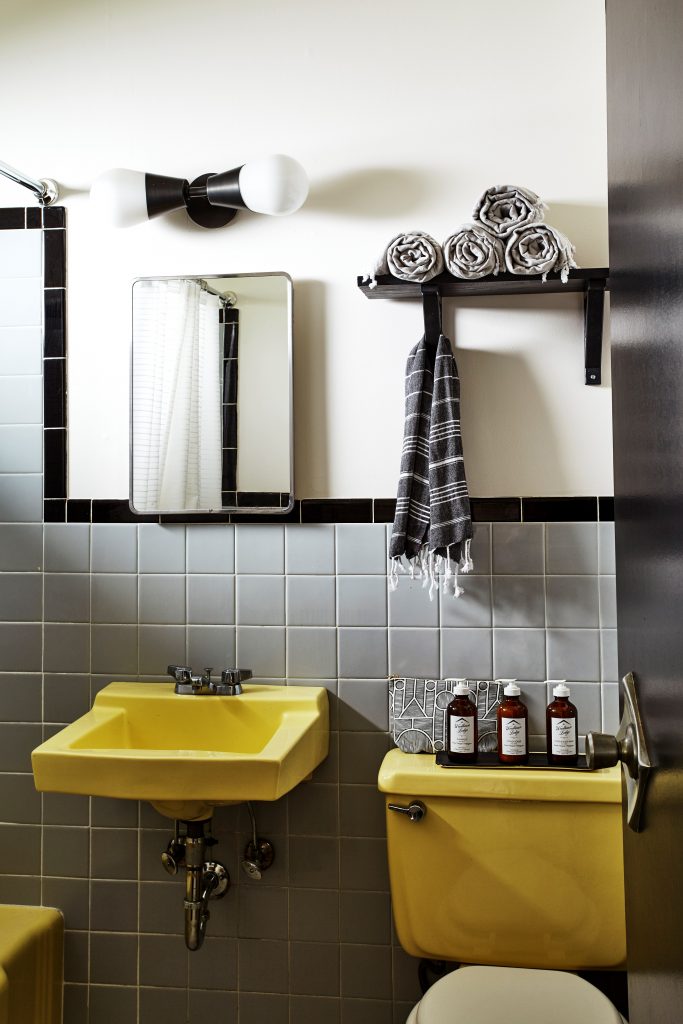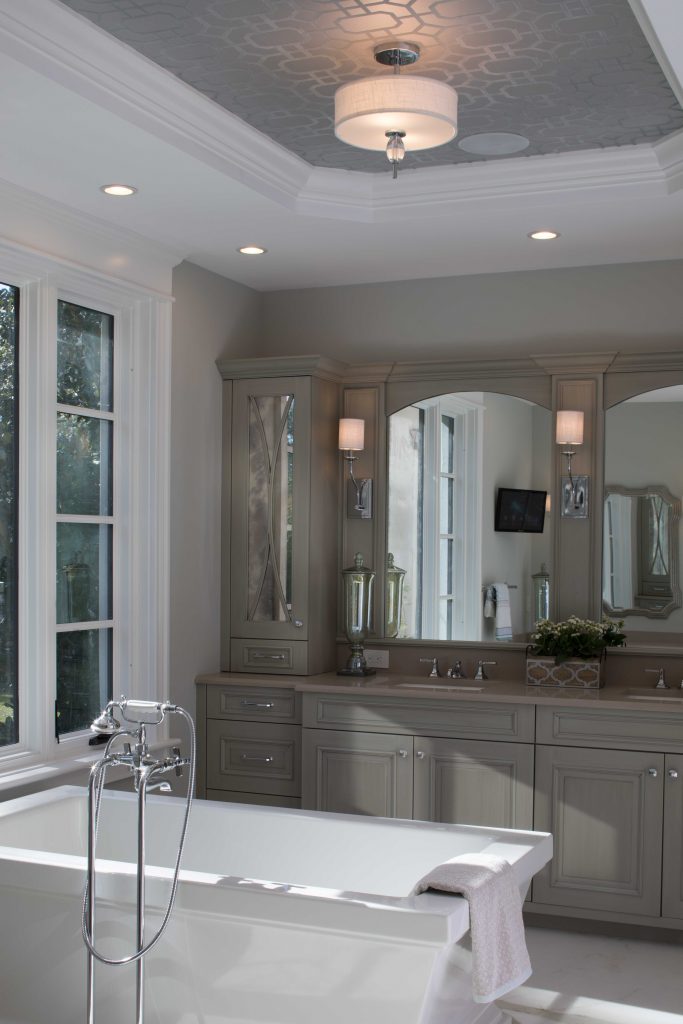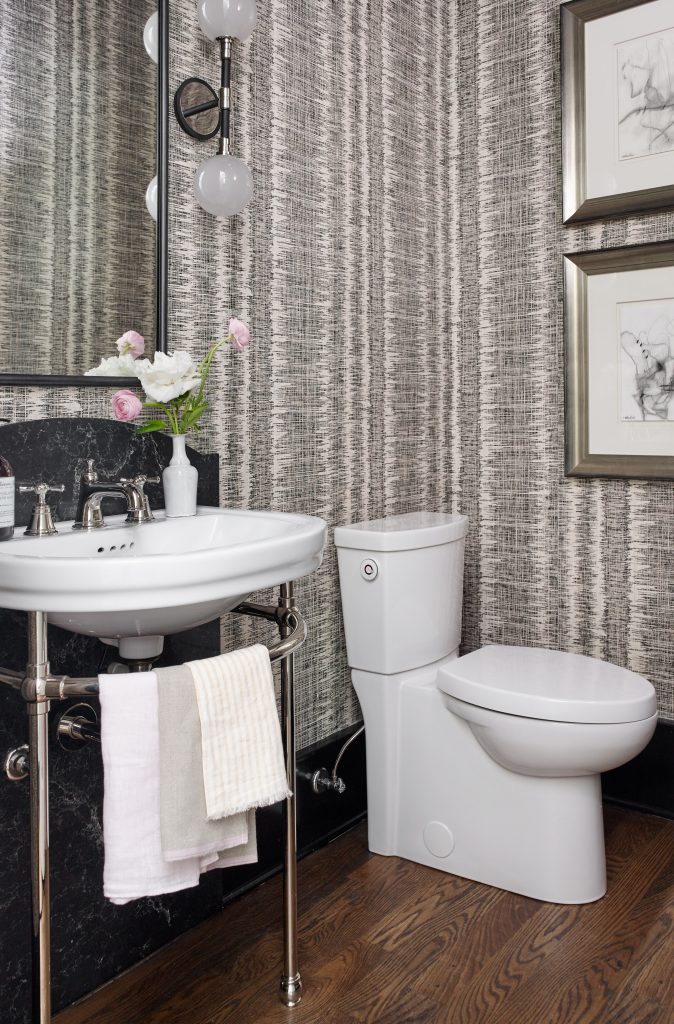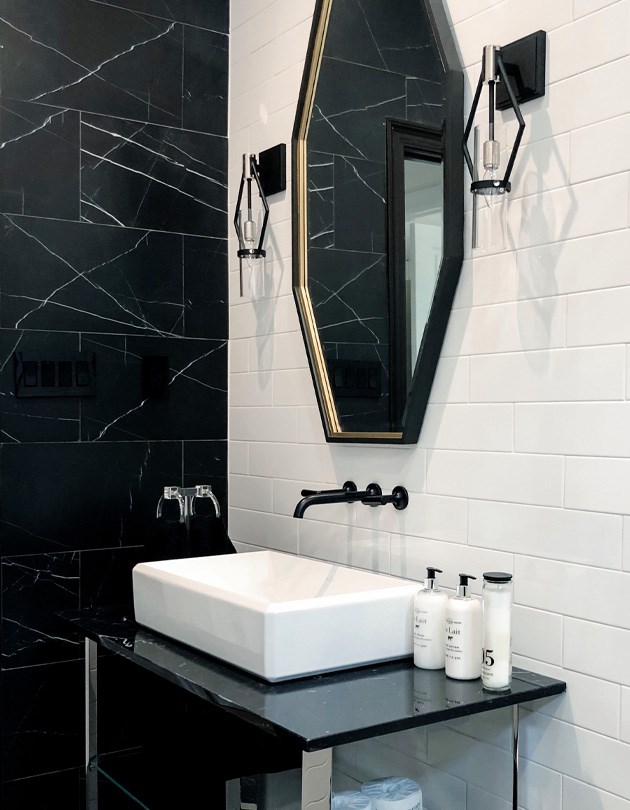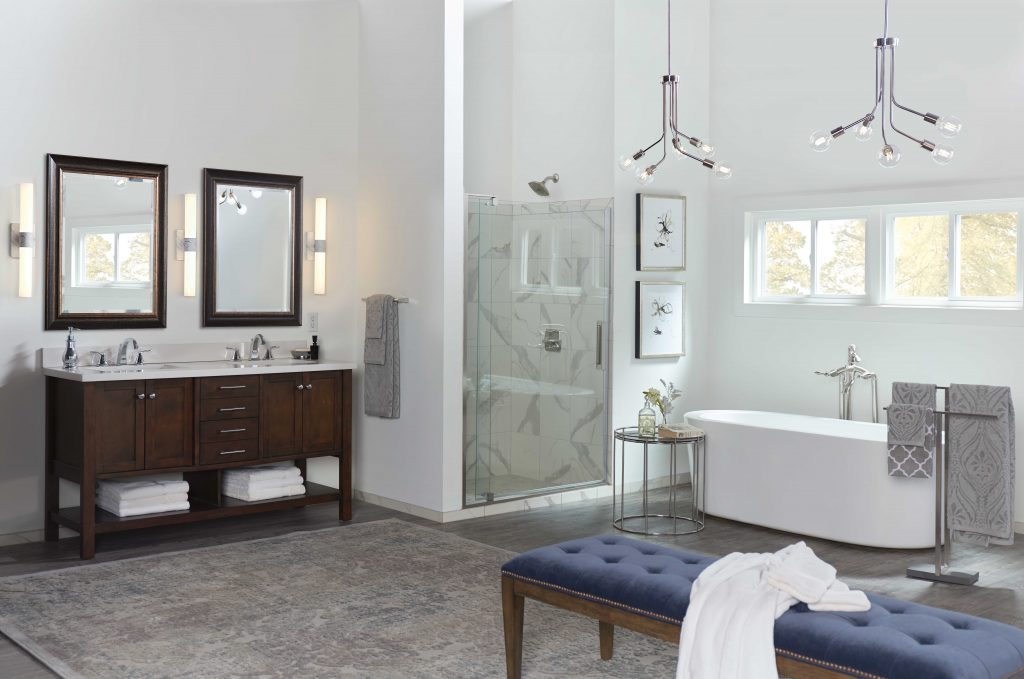Interior design trends seem to cycle back and forth every five to ten years. And right on cue, after a long stretch of neutral minimalism, maxalimist living has taken designers and influencers by storm!
The rise of maximalist design doesn’t mean you have to redo your entire home. But it gives you an excellent opportunity to touch up your existing space with bold patterns.
We’ll give you top ideas for incorporating patterns for any design aesthetic throughout your home! Then you can adapt these tips to your own style, budget, and space.
Kitchen
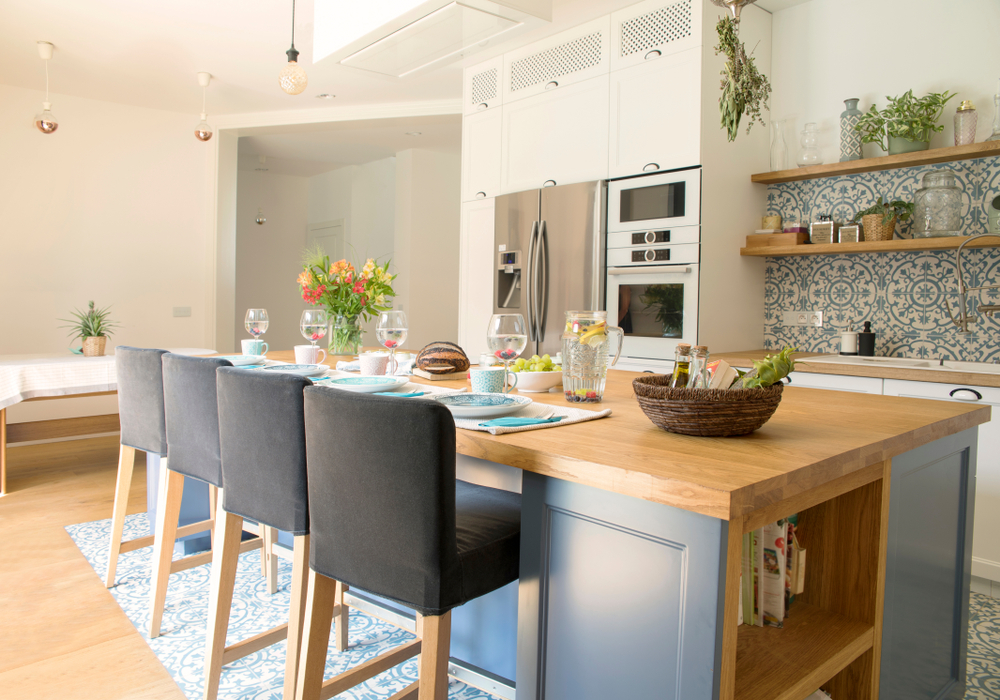
Your kitchen is the heart of the home, and so the style influences here will change how the rest of the house feels.
So if you’re ready to change up the balance of your white cabinets and walls, try a few of these tips:
- Custom backsplash: An easy way to increase the function and design of your home is by installing a backsplash that matches your unique style. With endless tile options, you can create a minimalist pattern or a loud mosaic impact with bright colors.
- Runner rugs: Tired of aching feet and a crumby floor? Runner rugs make your home safer, cleaner, and prettier. Line your floors with patterned rugs to add dimension and enjoyment to your dinner prep.
- Display plates and dishes: The shift to a more maximalist design includes incorporating personal touches to your decor. So display your inherited china or thrifted dishes for another layer of patterns and history.
- Island pendants: Create a final dimension of patterns with light! Your pendant shades can create shadows, new colors, or bright spotlights to increase the variety of your home.
Bathroom
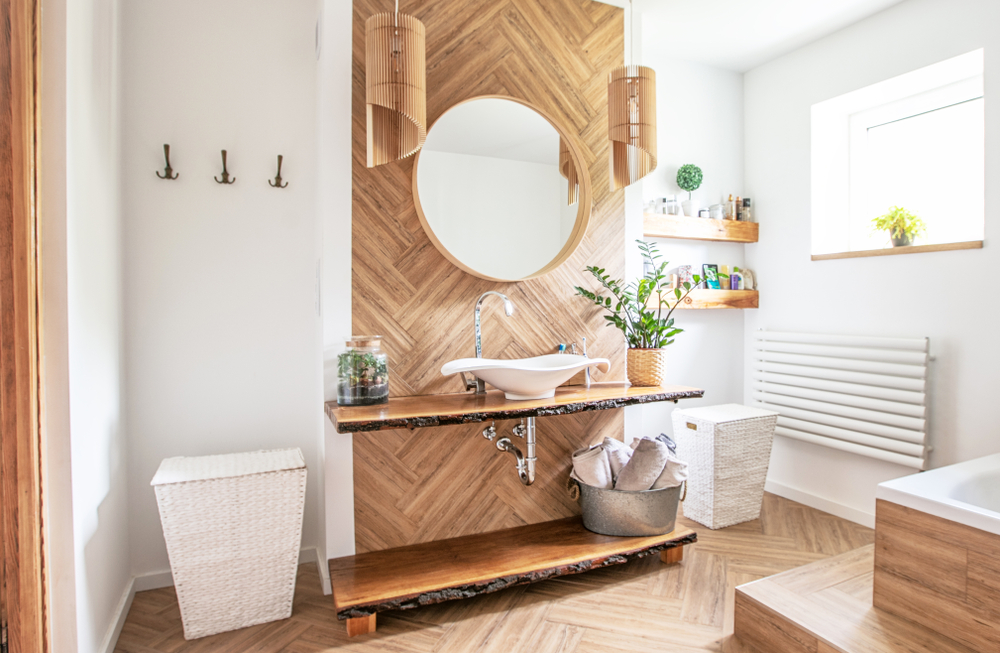
Bathrooms are often a tricky space to decorate– you want to enjoy your space, but you usually don’t have room to embellish much. With a little creativity (and courage) you can pack a punch with some washroom-approved patterns.
Try adding some layers by updating your:
- Wallpaper: Make an impact without taking up needed space with wallpaper. Add natural neutrals, bold art deco, or geometric modern to immediately glow up the area.
- Tile work: Bathrooms offer so many opportunities to use tile. Redo your countertop, create a backsplash, touch up the floor, or renovate your tub and shower!
- Vanity lights: The lighting around your mirror is another way to play with patterns. Whether it’s a custom shade or a unique number of lights, it’s another valuable investment that will significantly impact your bathroom.
- Textiles: Incorporate your towels, washcloths, and rugs into your design to save space and add beauty. Using contrasting colors and patterns, you can use these textiles as an accent layer in your design.
Hallways
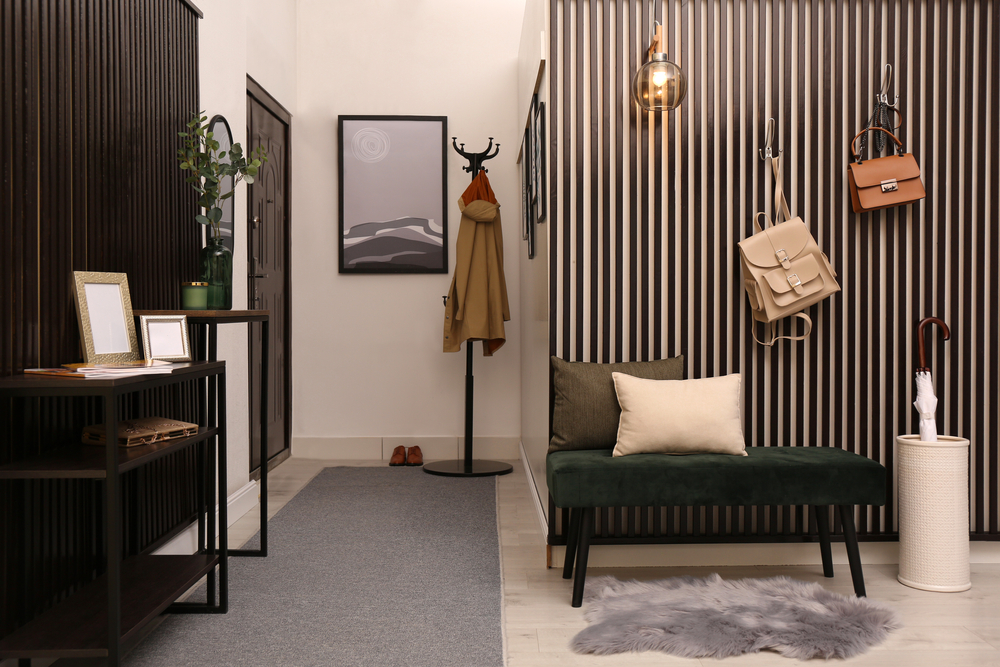
Your hallways are a tricky spot– not much light, wall space, or floor space is available to show your personality. But these small, narrow spaces are a great place to incorporate some maximalist colors and patterns.
Some space-saving, high-impact design tips include:
- Sconces: Create a new rhythm for your hall by spacing out wall sconces along the way. You can add beauty and light to any hall, from DIY peel-and-stick to professionally installed hard-wired options.
- Textured walls: Add interest to your walls with custom board and batten or wood strips. It’s easy to customize, install, and match to any color scheme.
- Runners: Protect high-traffic walkways with a runner rug! You’ll extend the life of your wood or carpet floors and add another layer of color and exciting patterns.
- Eclectic gallery: While most hallways don’t have much open wall, an eclectic gallery can fit the smallest spaces. You’ll add color, personality, and pattern with a few frames tucked between doorways!
Bedrooms
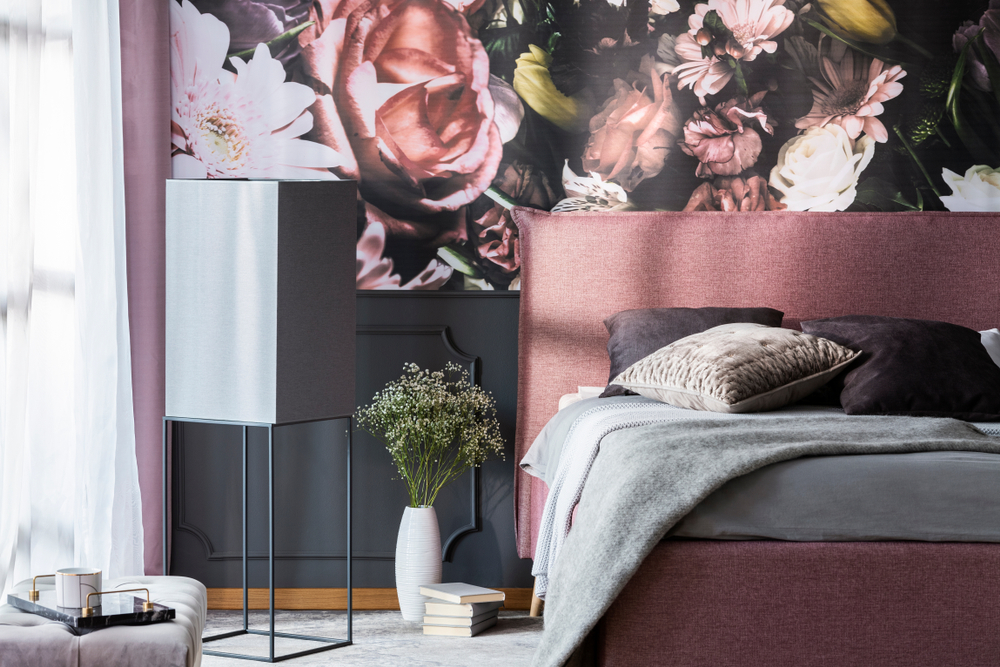
Your family bedrooms are a great place to match your unique personality. While the rest of the house may stick to one theme, this private space can be anything you want.
We recommend playing with:
- Curtains: Layer curtains for a custom layout and better sleep. Blackout curtains usually have less design variety, but you can layer them with patterned sheer curtains for a daytime set.
- Accent walls: Create the perfect focal point for your personal domain with wallpaper or use wood planks in a custom design.
- Bedding: Use a floral, geometric, or playful bedspread to display your personality. Or, if you like to change your look often, use a white bedspread and rotate patterned throws throughout the year.
- String lights: Create soft light patterns by stringing fairy lights around your room. For an added layer, swap fairy lights for color-changing LEDs!
Dining Room
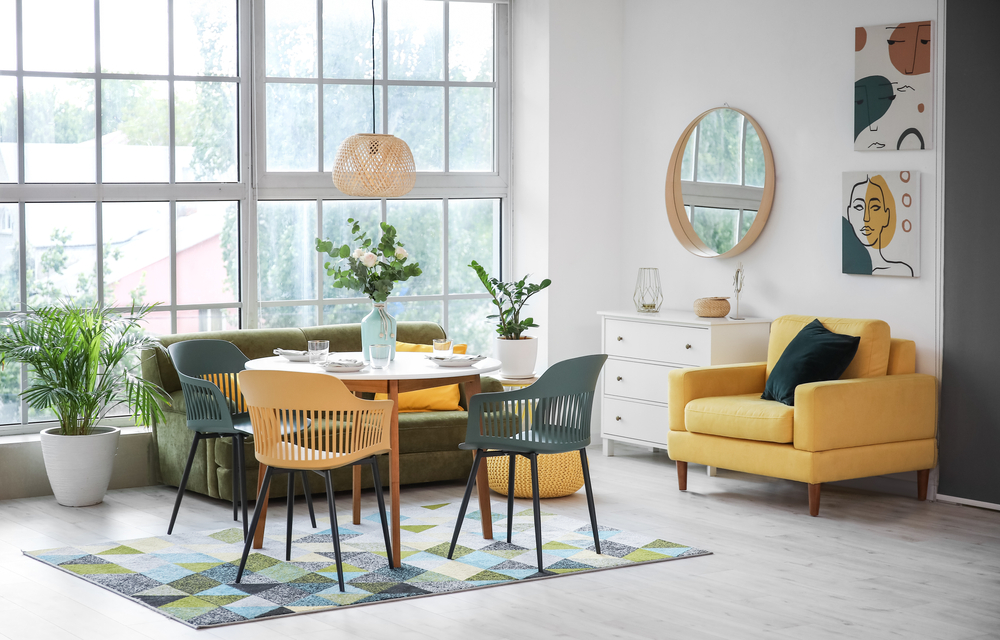
Whether your dining area is a dedicated room or a nook off the kitchen, it should be defined as a separate space. Then you can leave the work of food preparation stress in the kitchen and switch to relaxation and connection as you eat.
Define the space by:
- Distinct wall treatments: Change the mood by using different colors and shapes for your dining walls. Patterned wallpaper is an easy way to get a professional finish without detailed work!
- A bold divider: If your dining room shares the space with your kitchen, add texture and pattern with a wall divider. From eclectic to traditional, you’re sure to find the right touch for your space.
- Unique lighting: Signal a mood change with your lighting choices. Using a different style of pendant or chandelier from the kitchen will disrupt the food-making pattern.
- Playing with upholstery: Use a table runner, placemats, or statement upholstered chairs for an added layer of personality.
Living Room
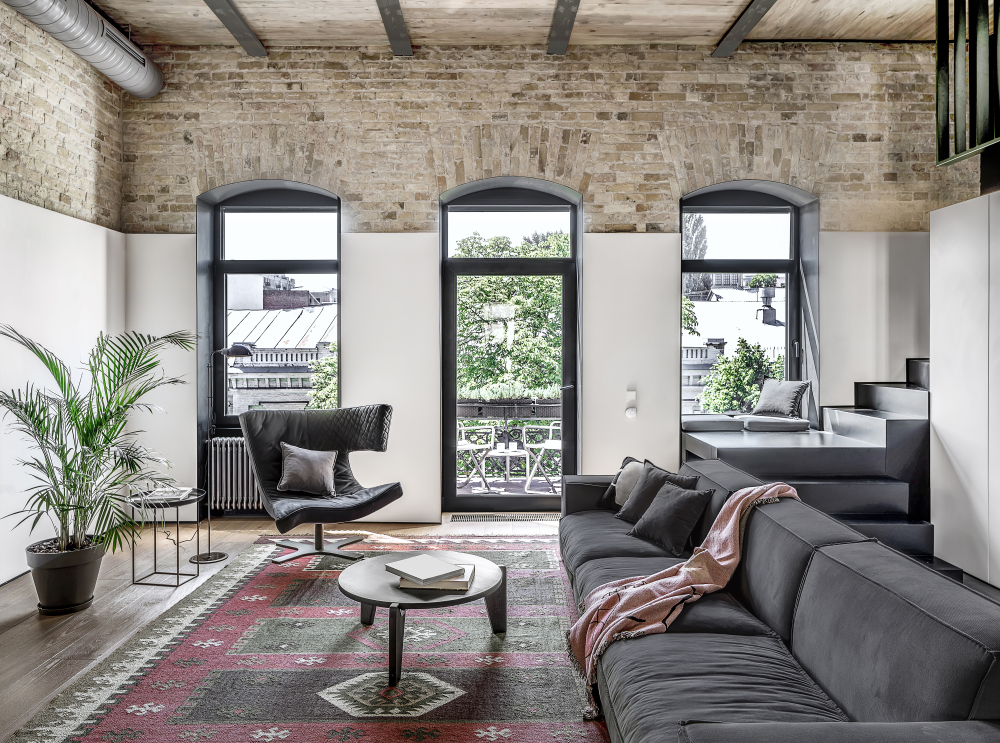
From hosting parties to a quiet movie night, your living room provides a comfortable space to relax and enjoy. But relaxation doesn’t mean it has to be quietly predictable.
Try some of these tips to maximize design in your shared “unwind” space:
- Wallpaper the ceiling: Do a unique riff on traditional wallpaper by wallpapering the ceiling. You’ll create interest by adding pattern and color to an ordinarily neutral space.
- Change neutral patterns with colored LEDs: Prefer a neutral room but want to up the anti for parties? Then try color-changing LEDs to turn your neutral wallpaper into something bright and playful.
- Swap pillow covers: Even in the most neutral space, you can add pattern and dimension with new pillow covers. Corduroy, leather stripes, or soft florals will make your sofas look brand new.
- Layer rugs: Layering rugs is a new standard for luxe-looking living rooms. You can keep it simple with a muted border or play up the patterns with a modern geometric display.
Home Office

More people than ever have a dedicated work space from home– but have you taken the time to craft a space that works best for you and your tastes?
Create interest in your Zoom meetings (without lagging virtual backgrounds) with some of these tips:
- Accent wall for the camera: Show your personality to your coworkers and clients with a beautiful accent wall in sight of your camera. It will beat your cubical or office walls anyways!
- Interesting lamp shades: Create shadow or color with a unique lamp shade. You’ll improve visibility and do better work, too!
- Computer mat: Keep your workspace clean, organized, and attractive with a patterned laptop mat. You can cover your entire desk for a comprehensive update or accent your space with a keyboard-sized mat.
- Reading chairs: Add flavor to your room with an accent reading chair or two. Reading chairs offer an excellent opportunity to introduce new patterns to the room without going overboard.
After years of minimalist, copy-paste interior design, it’s time to breathe new personality and individualism into our homes with some playful patterns. Go for whatever suits you best. You keep your minimalist aesthetic and introduce a few subtle patterns and textures. Or, you can go all in on a complete redesign and bring bold, beautiful patterns and colors throughout your home!
Whatever your style, there are endless ways to incorporate patterns and embrace your favorite designs.
Need Help?
Proper lighting is essential to a fully functioning home– but it can be challenging to nail balanced brightness, great fixtures, and a budget! Contact the experts at Lit Living for advice on your project!
